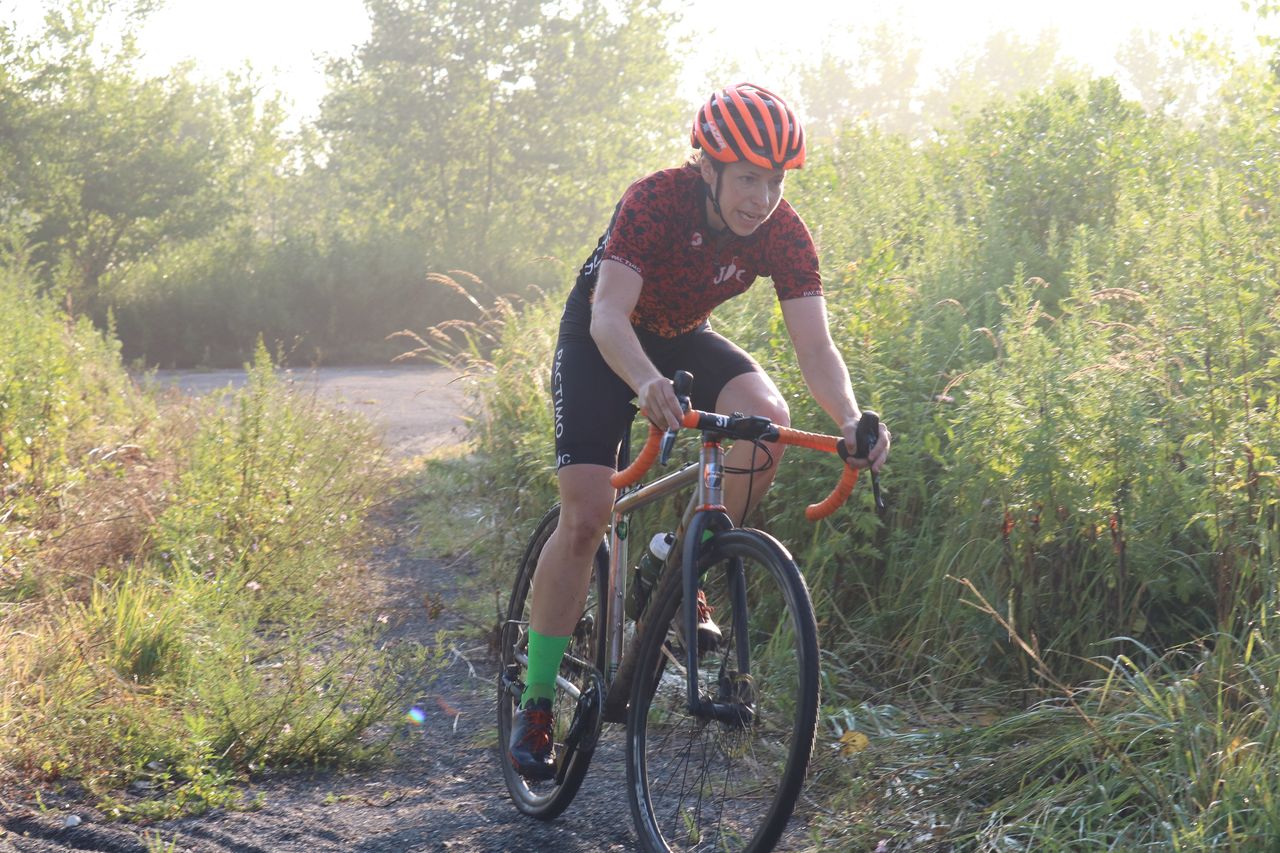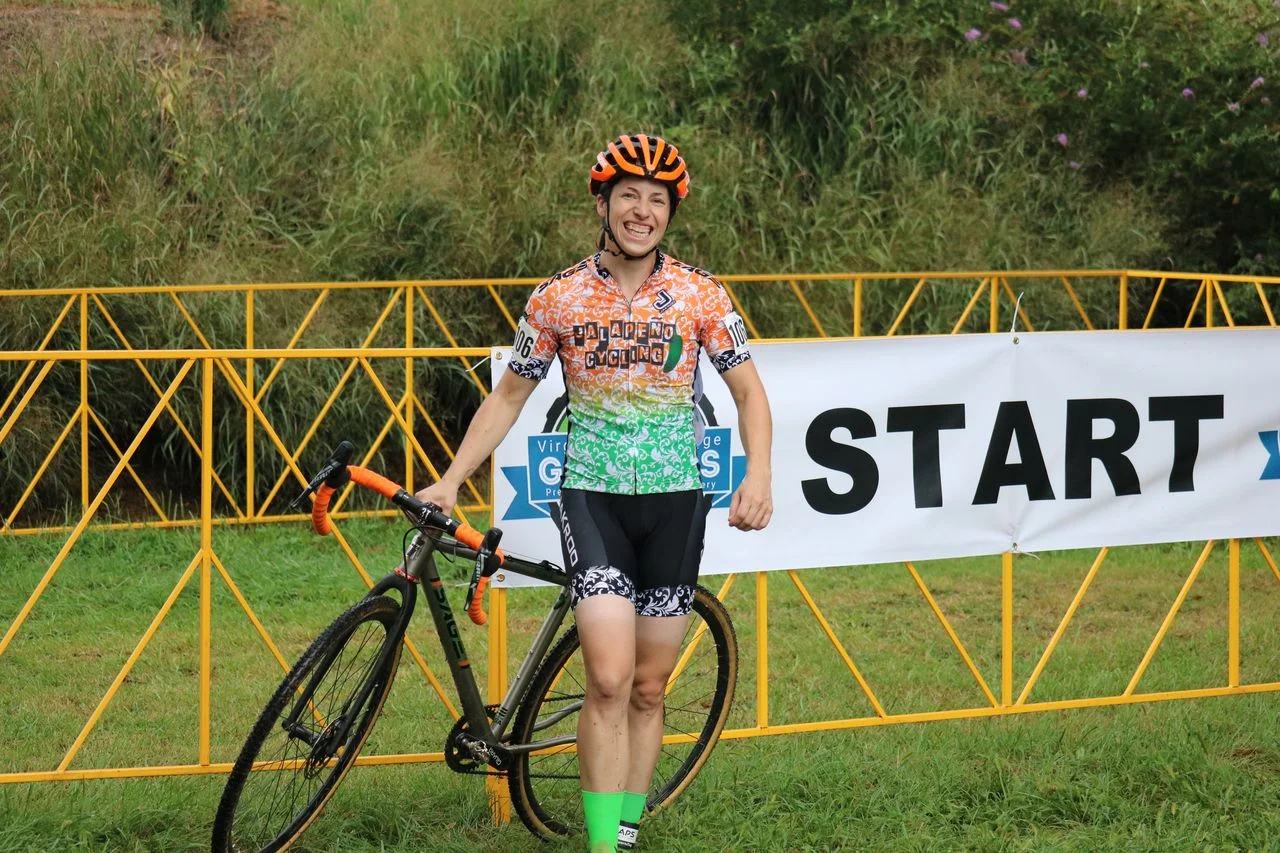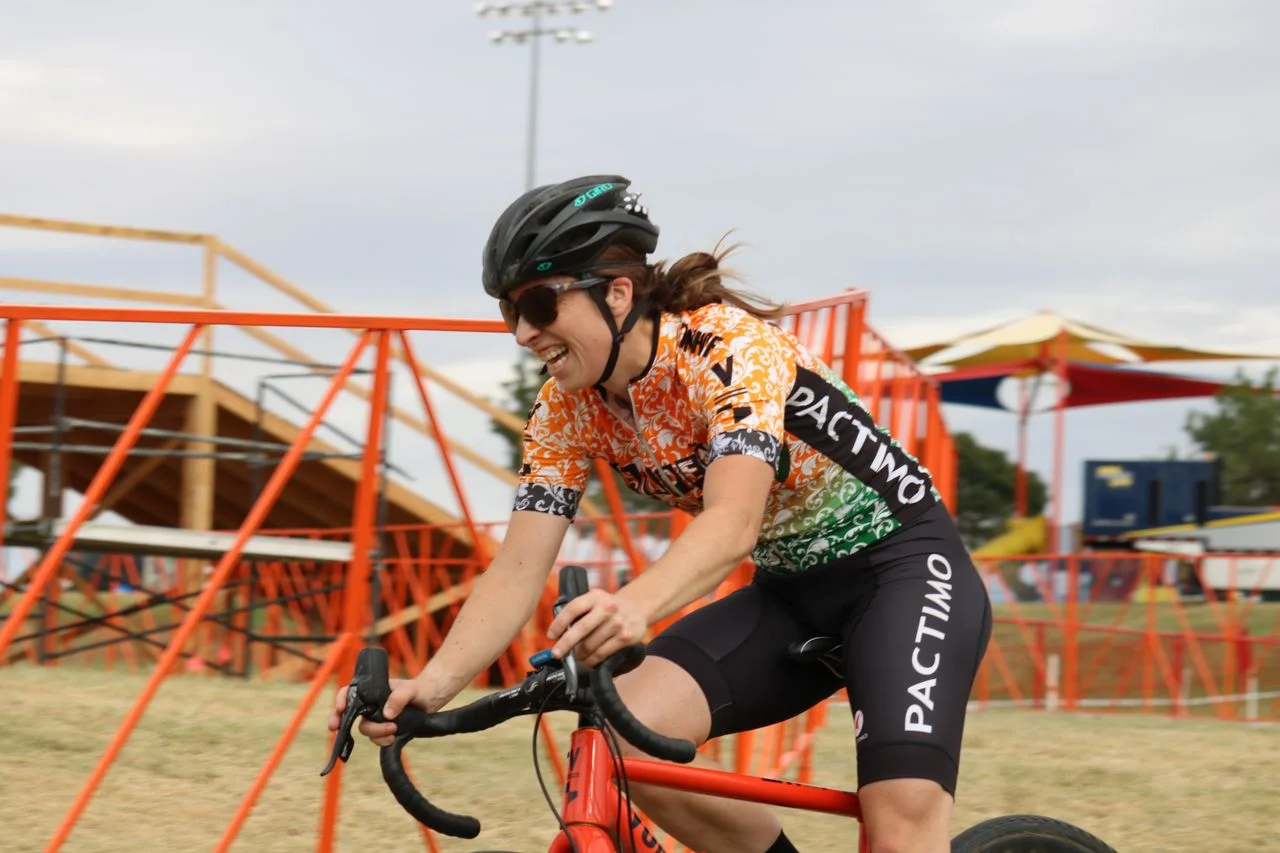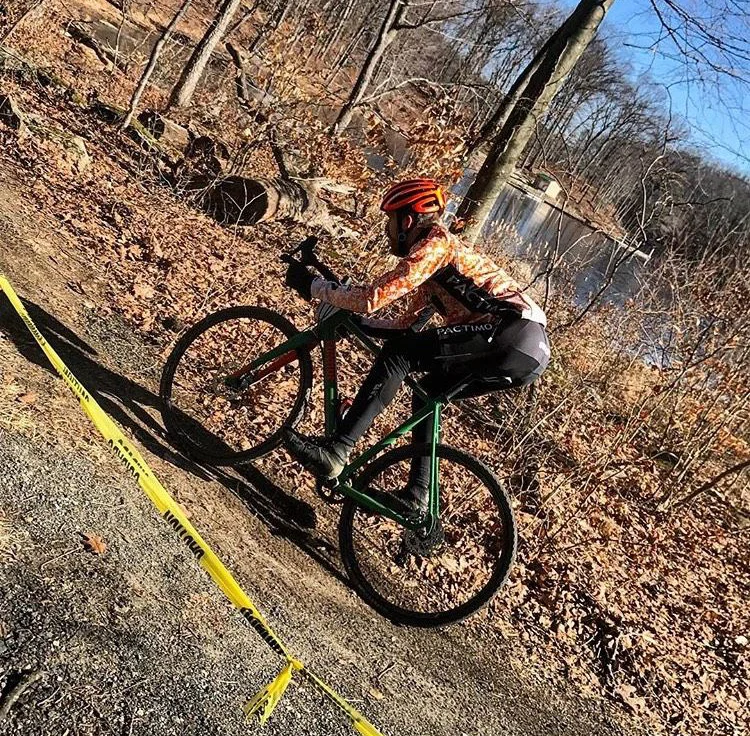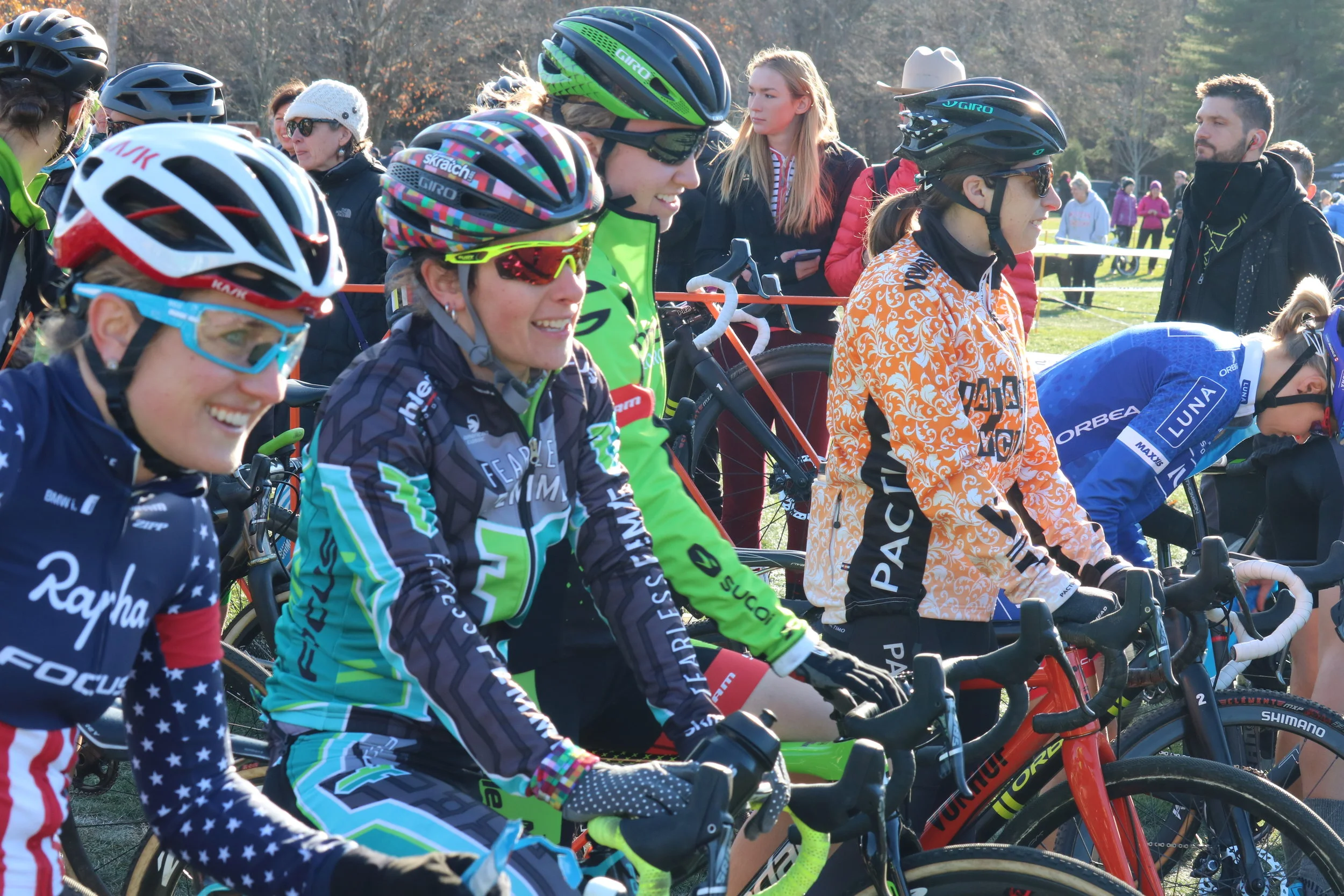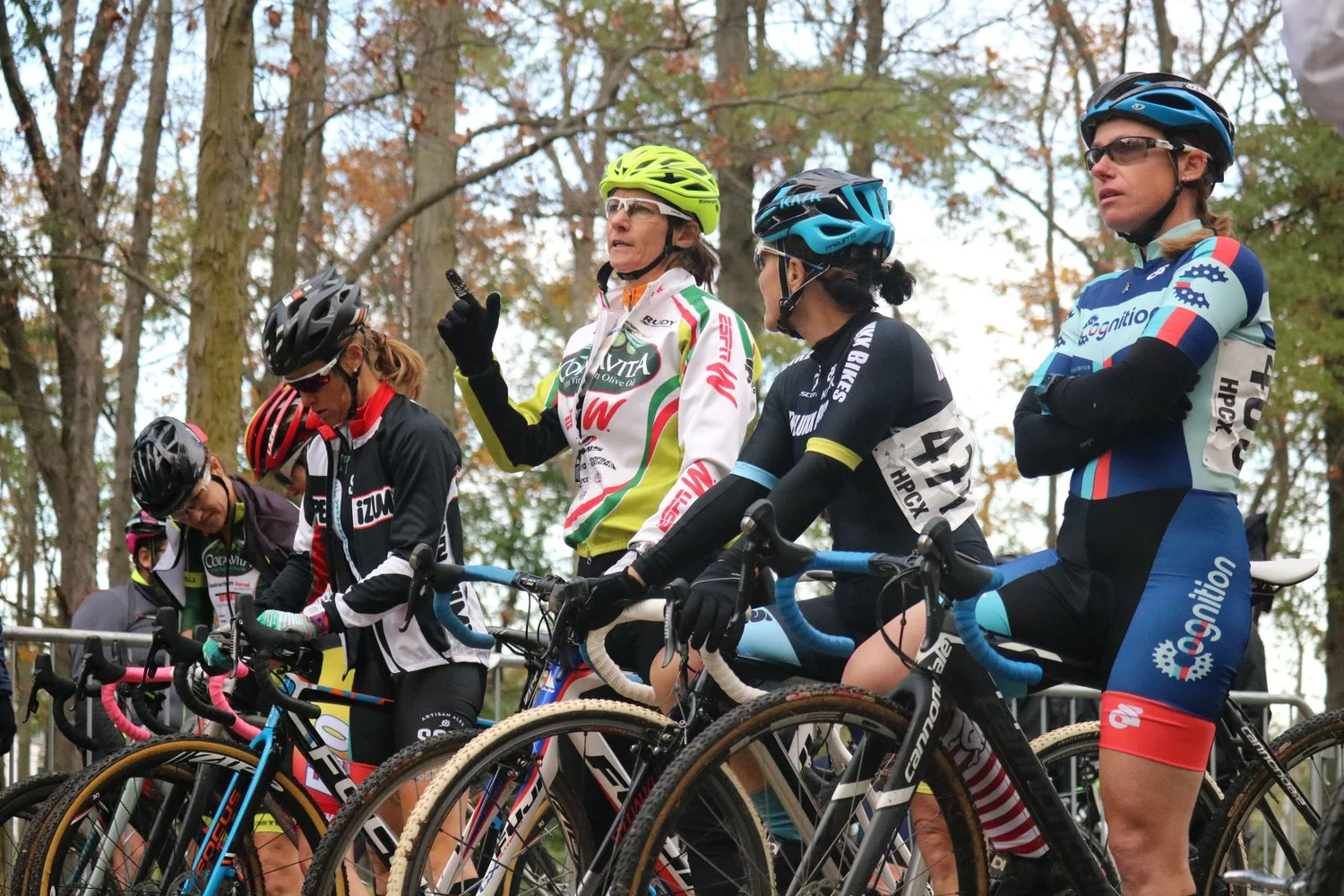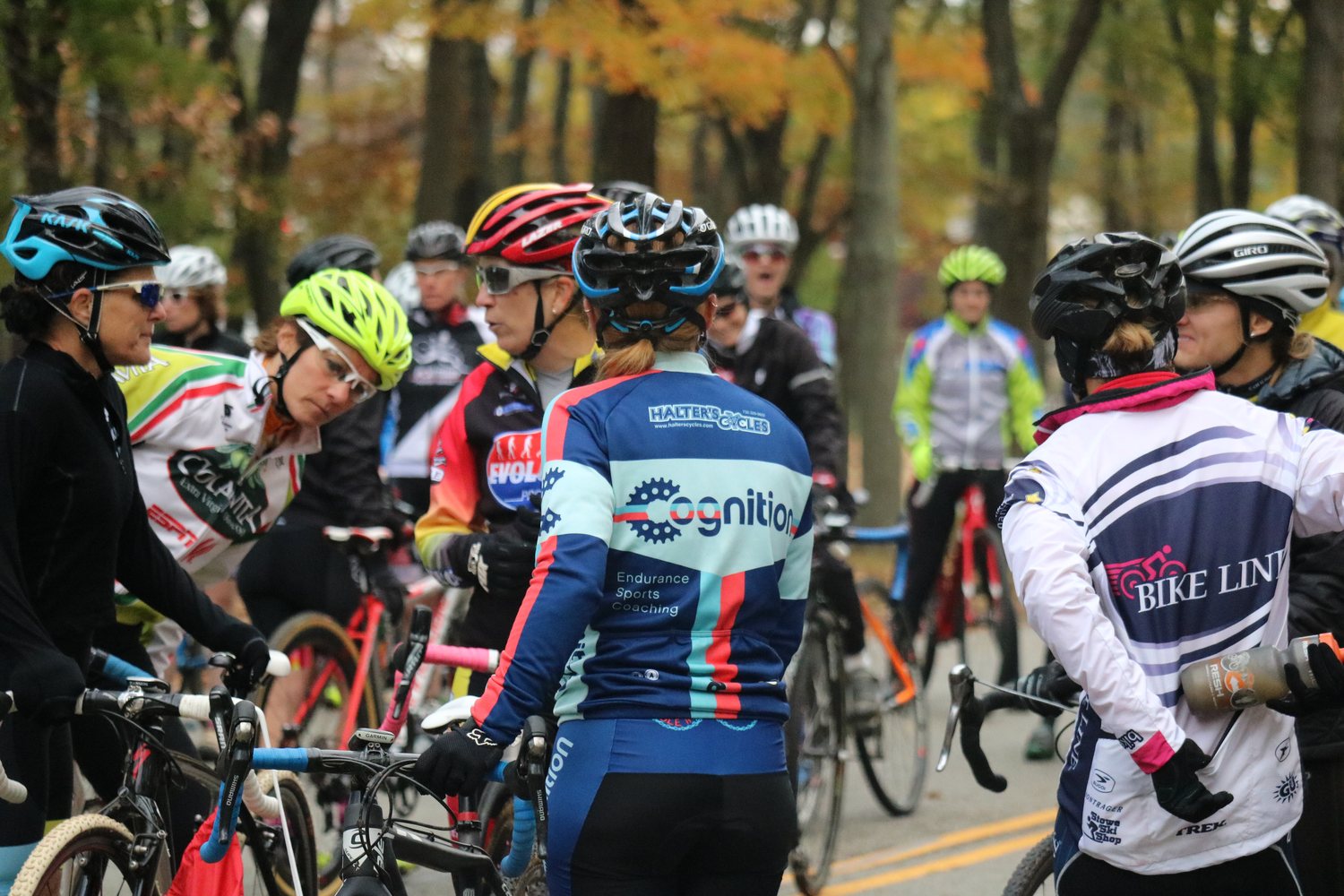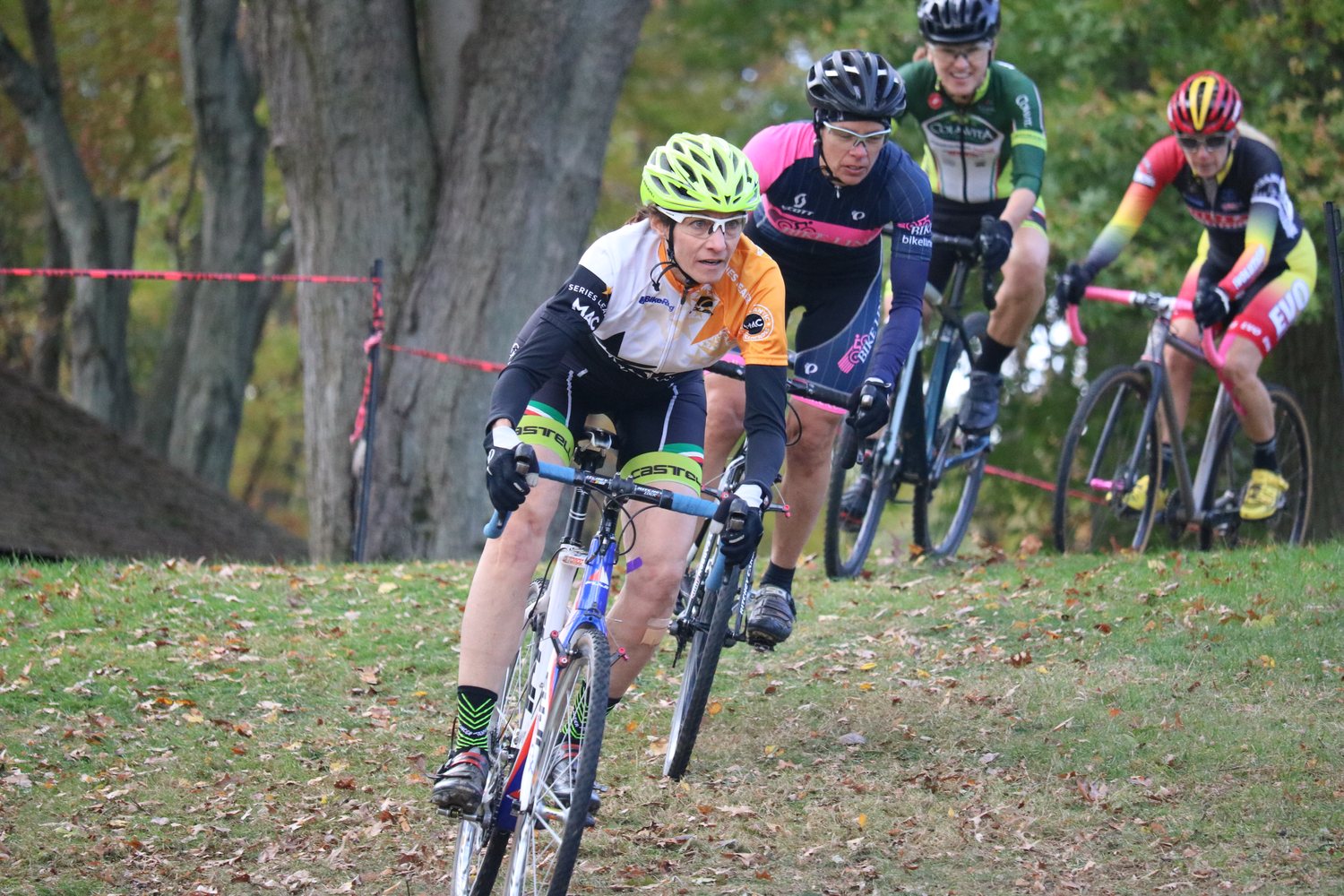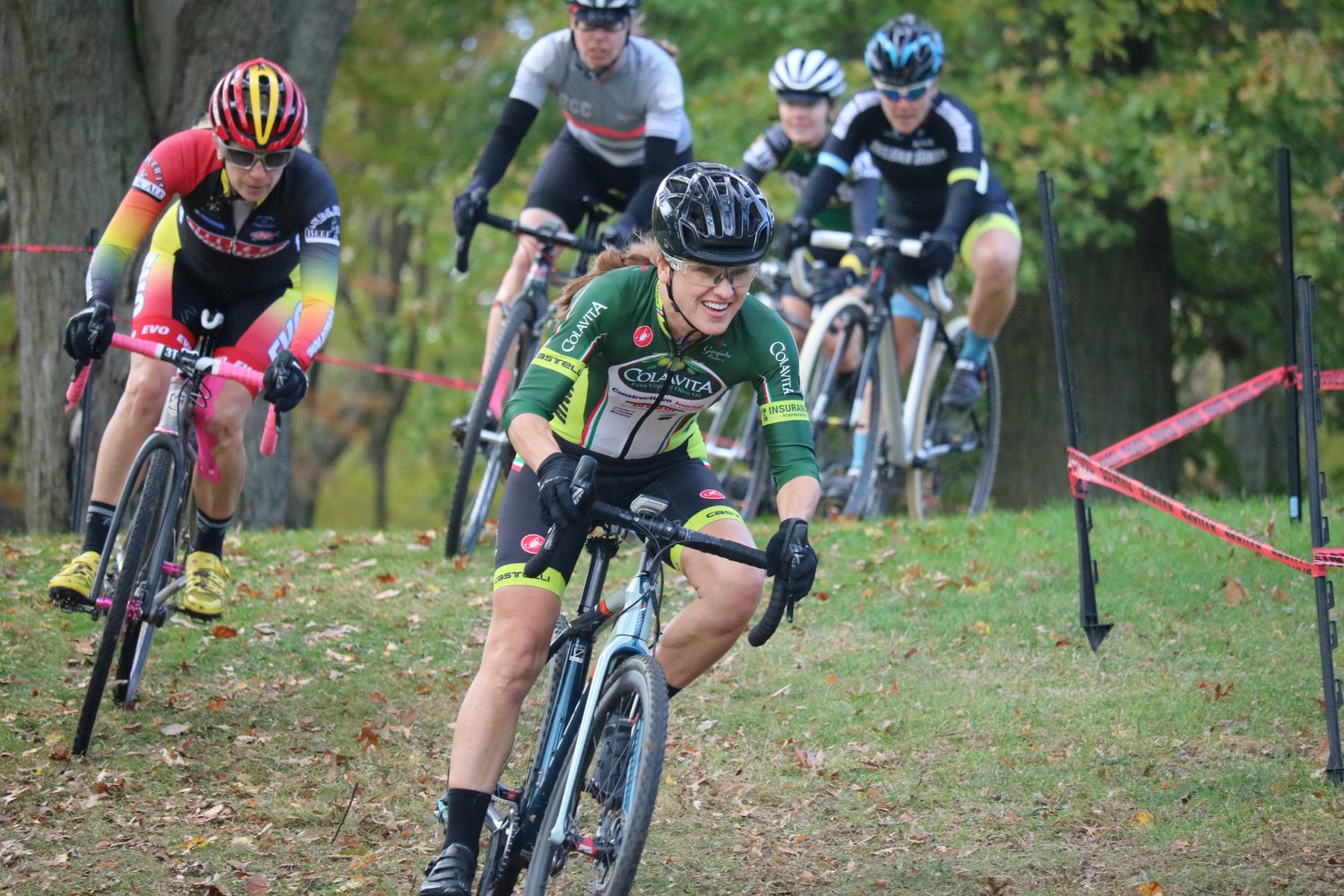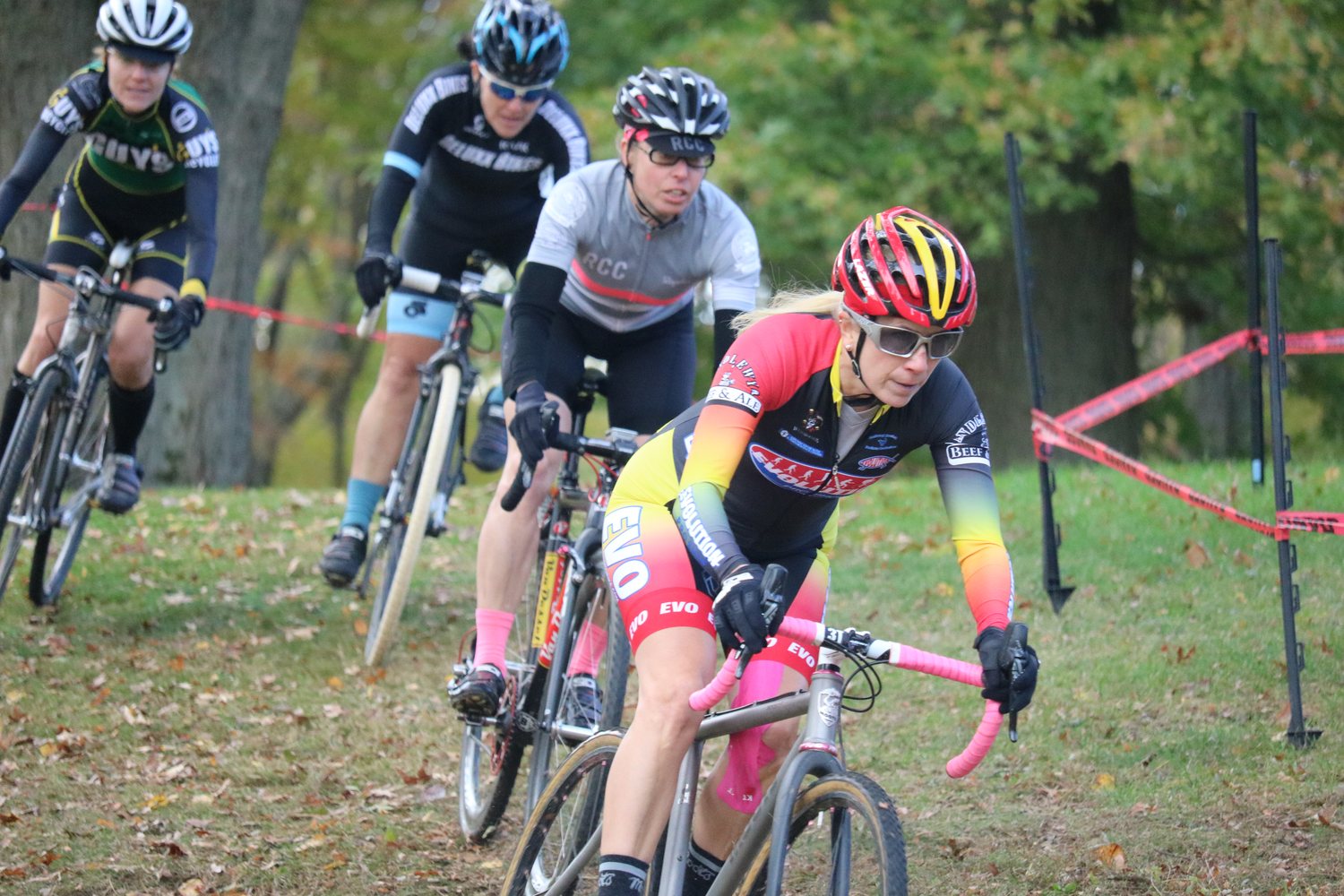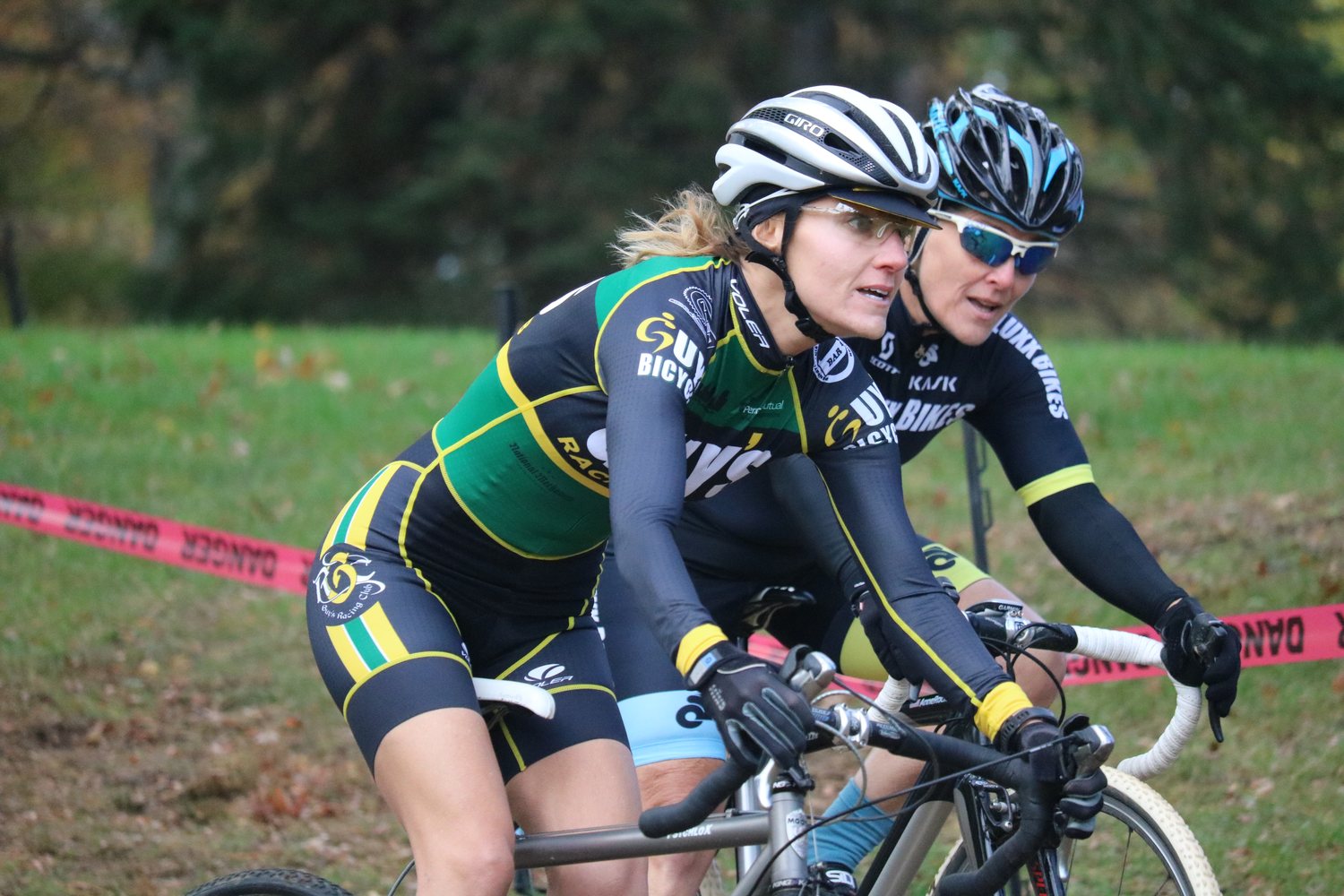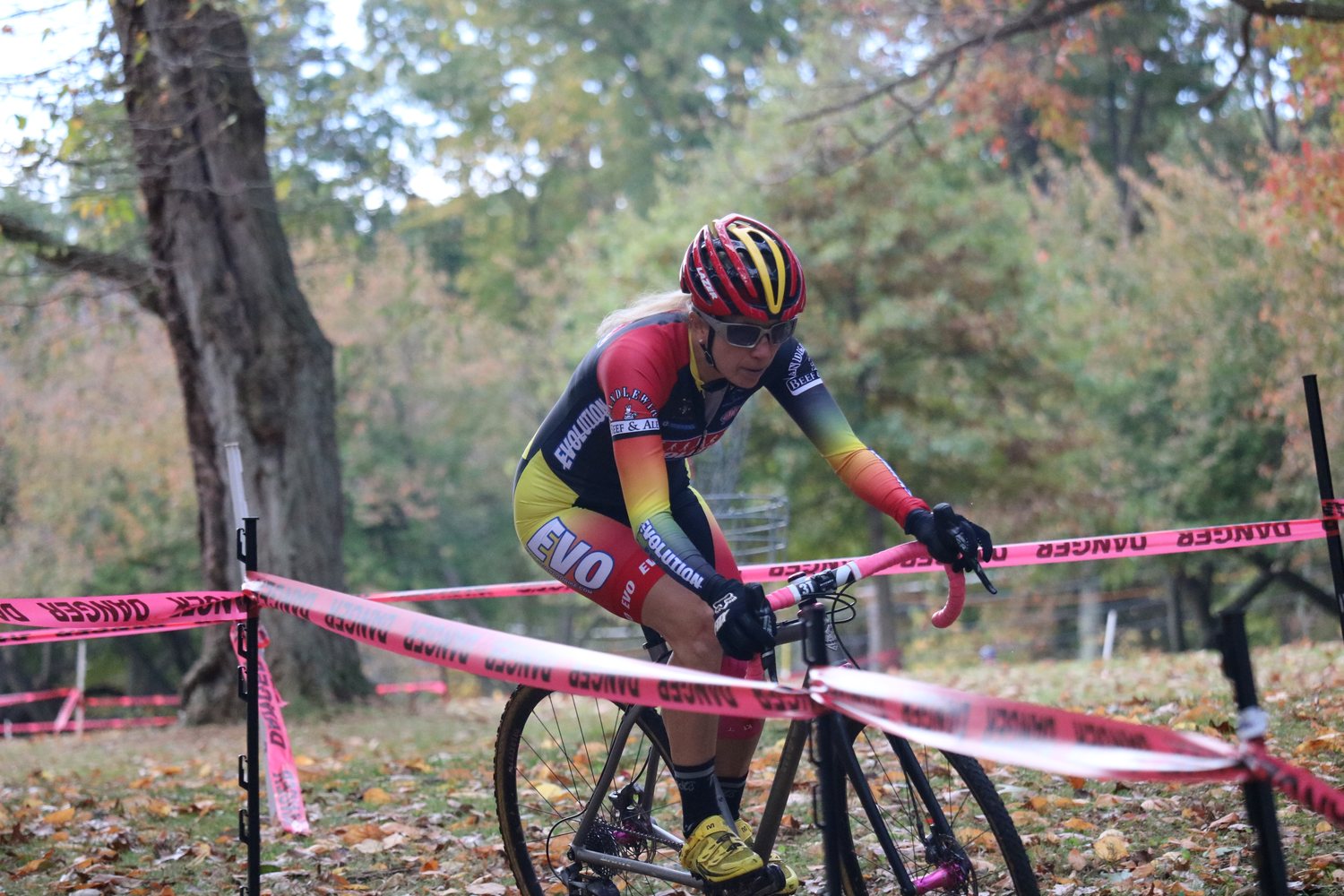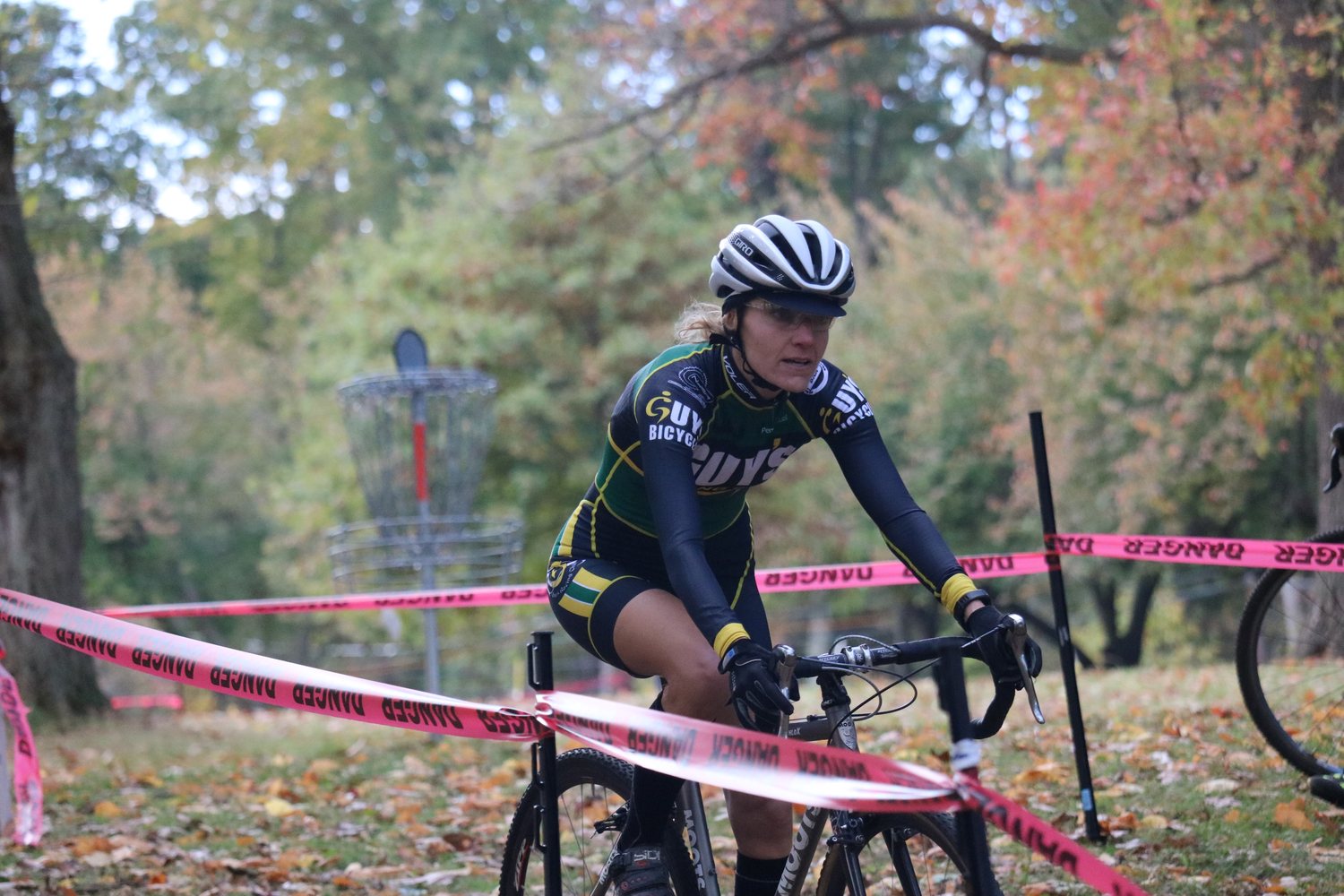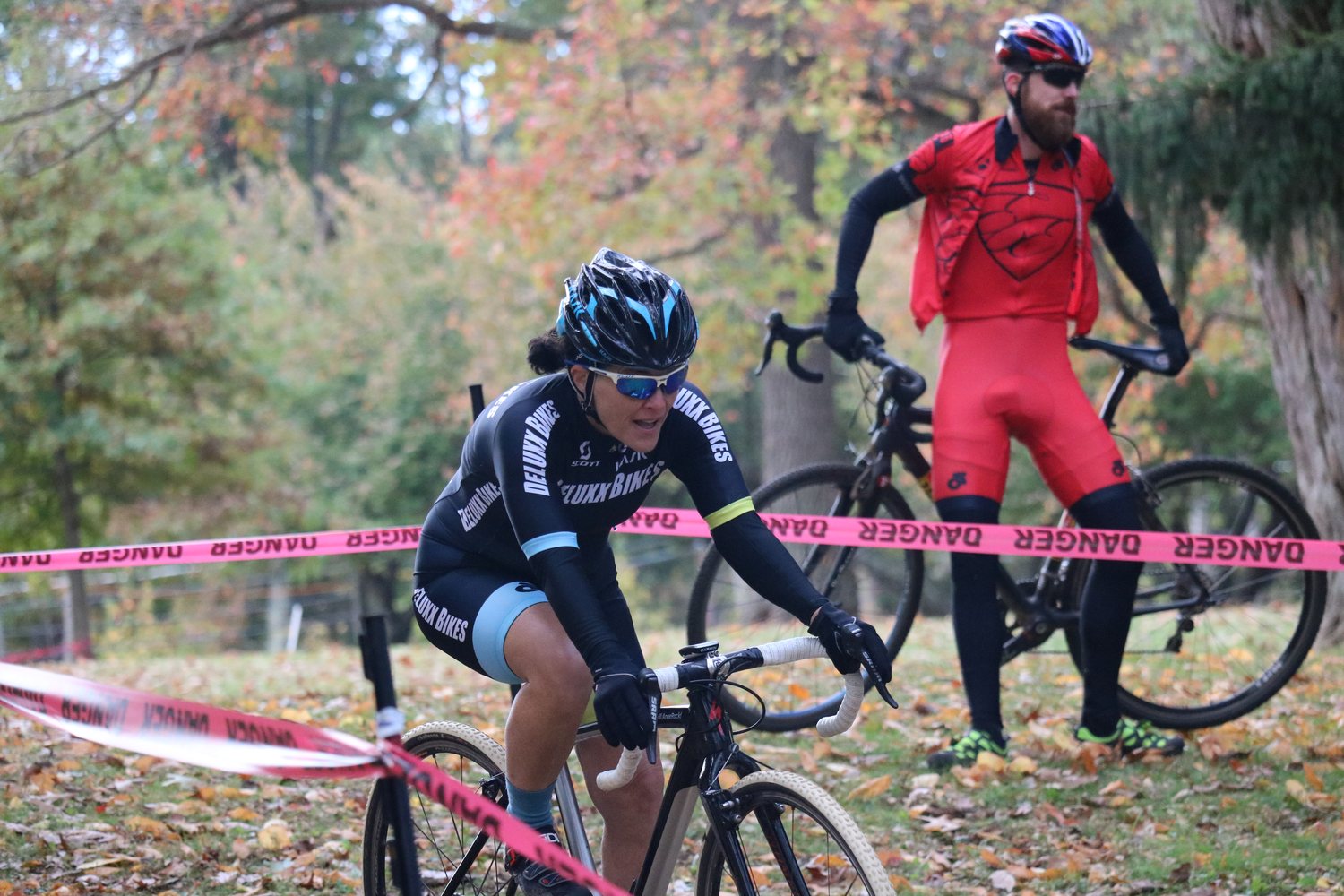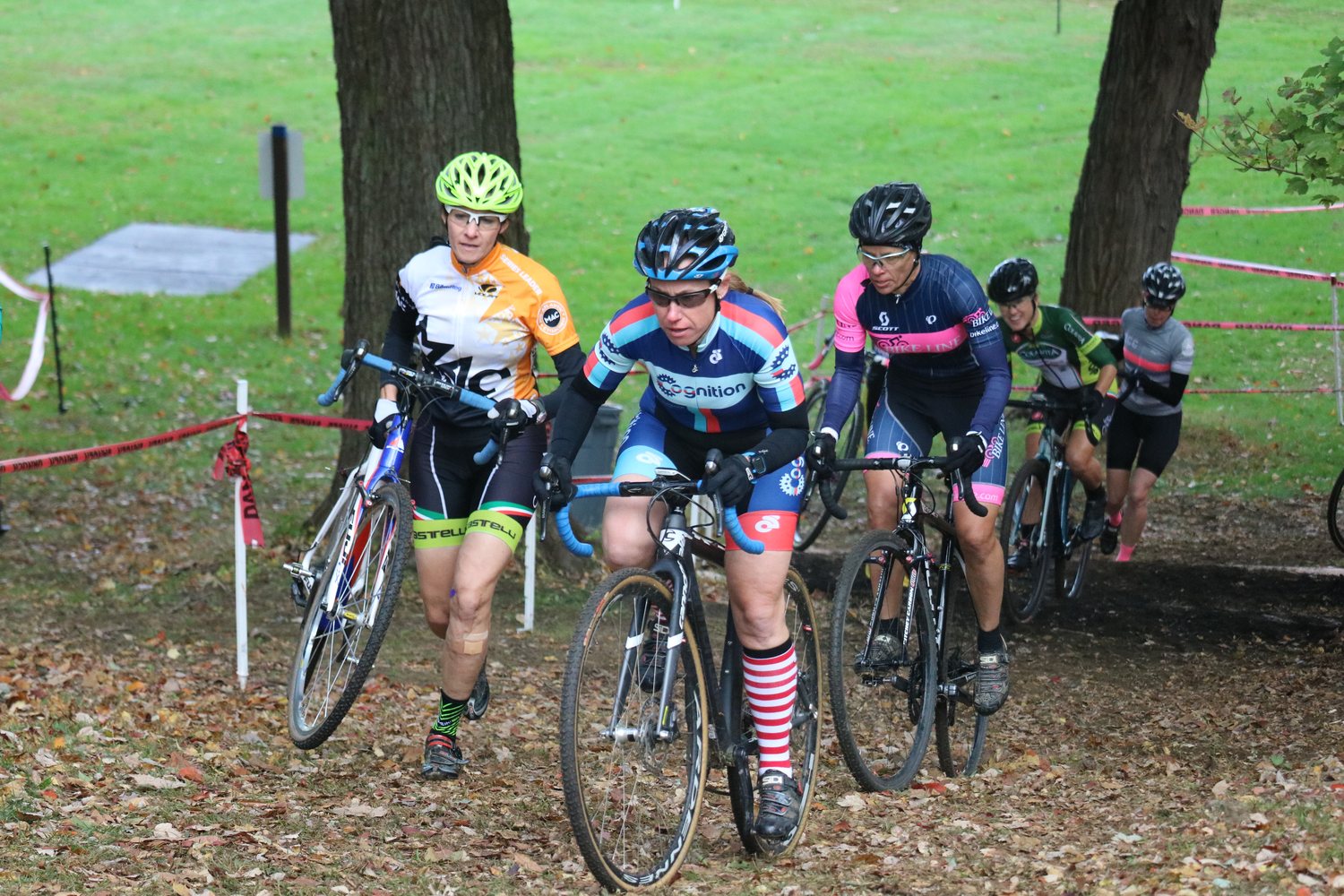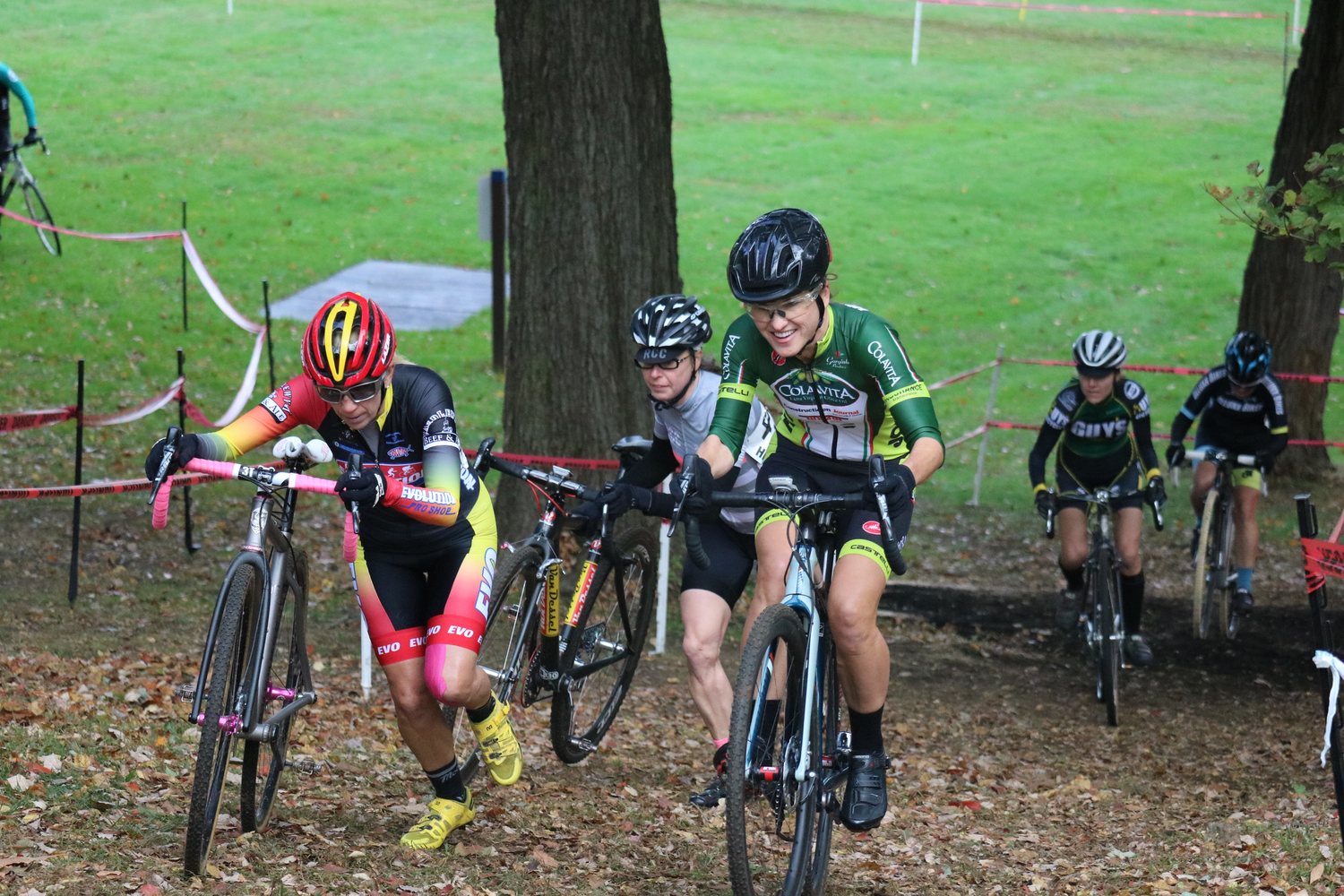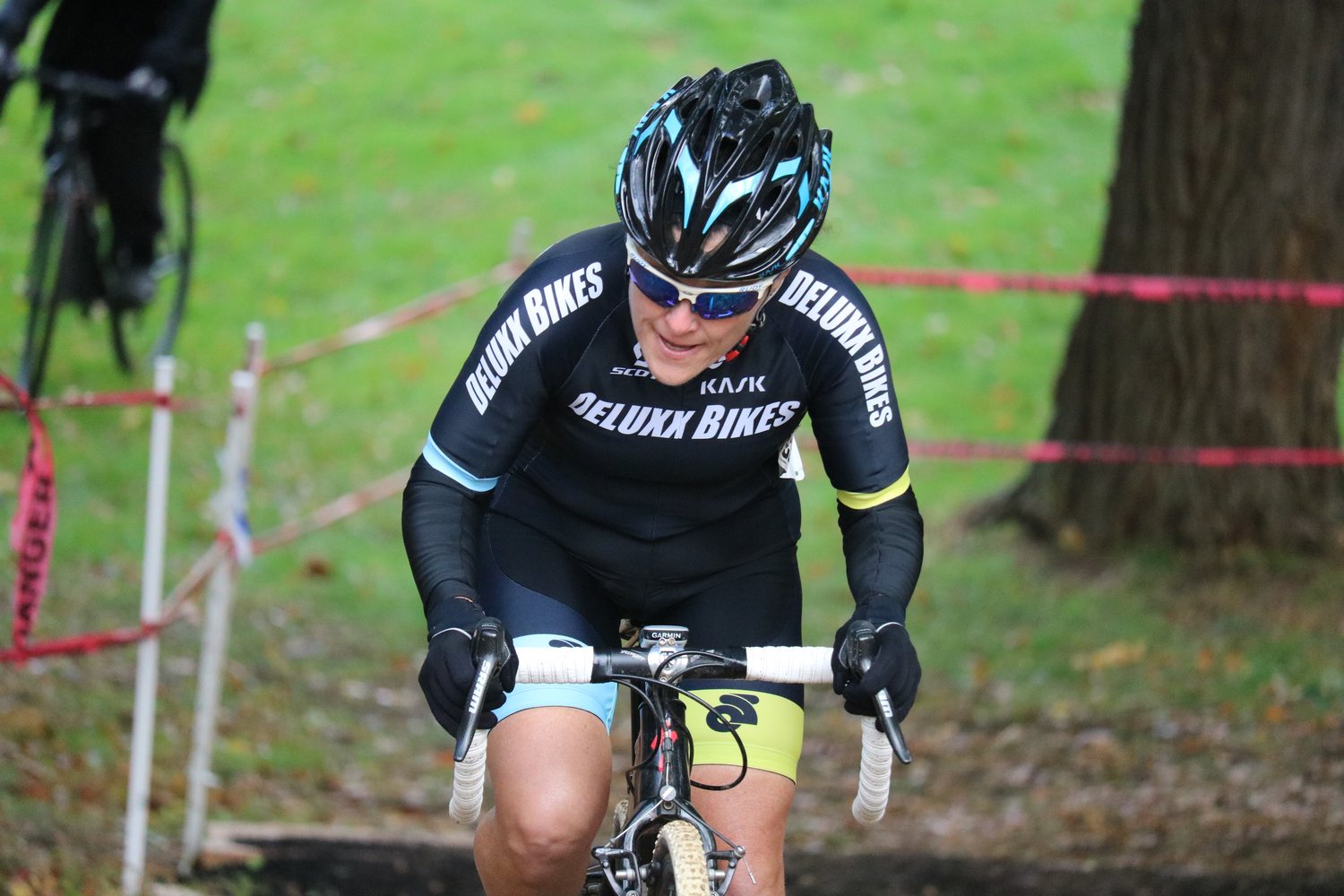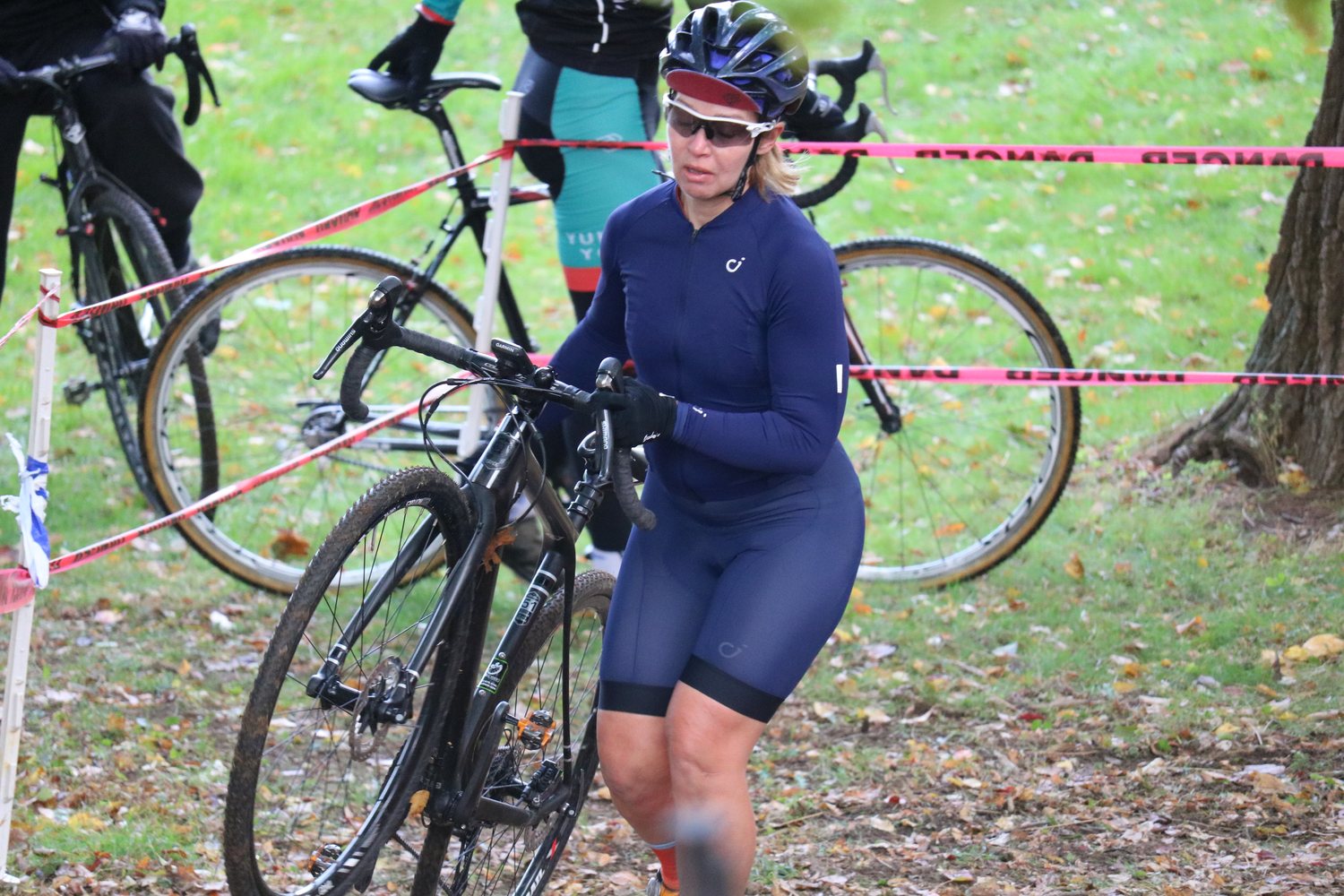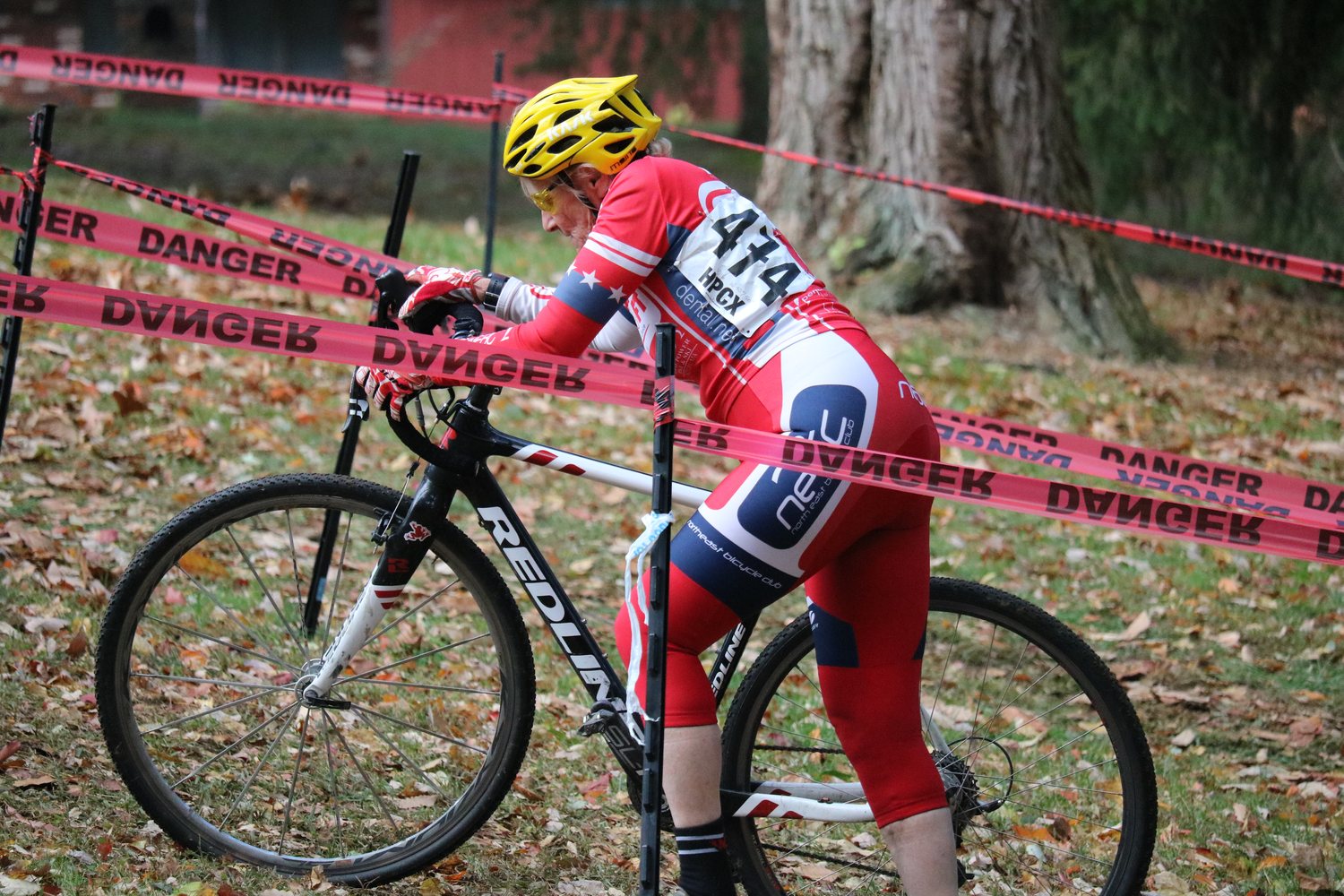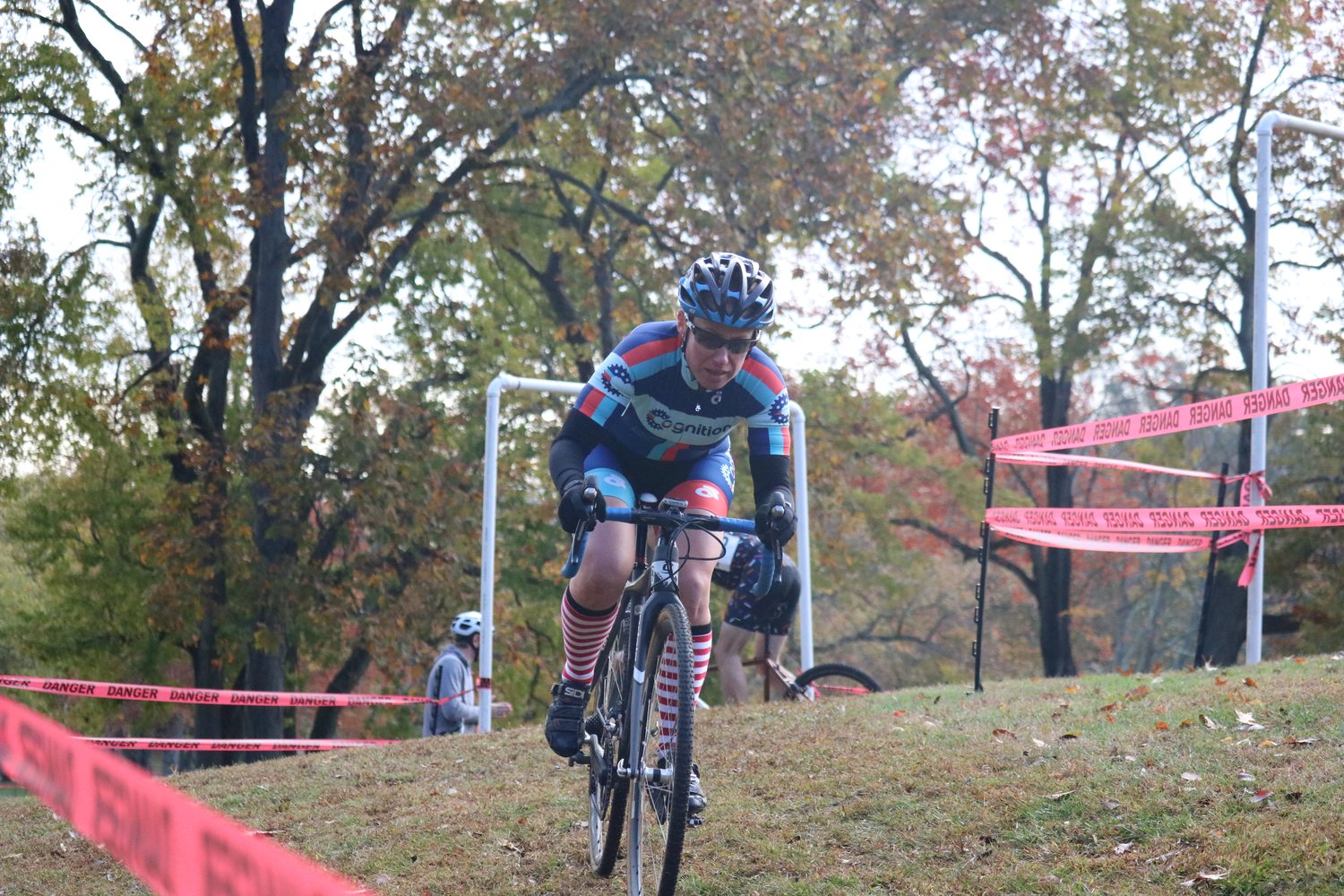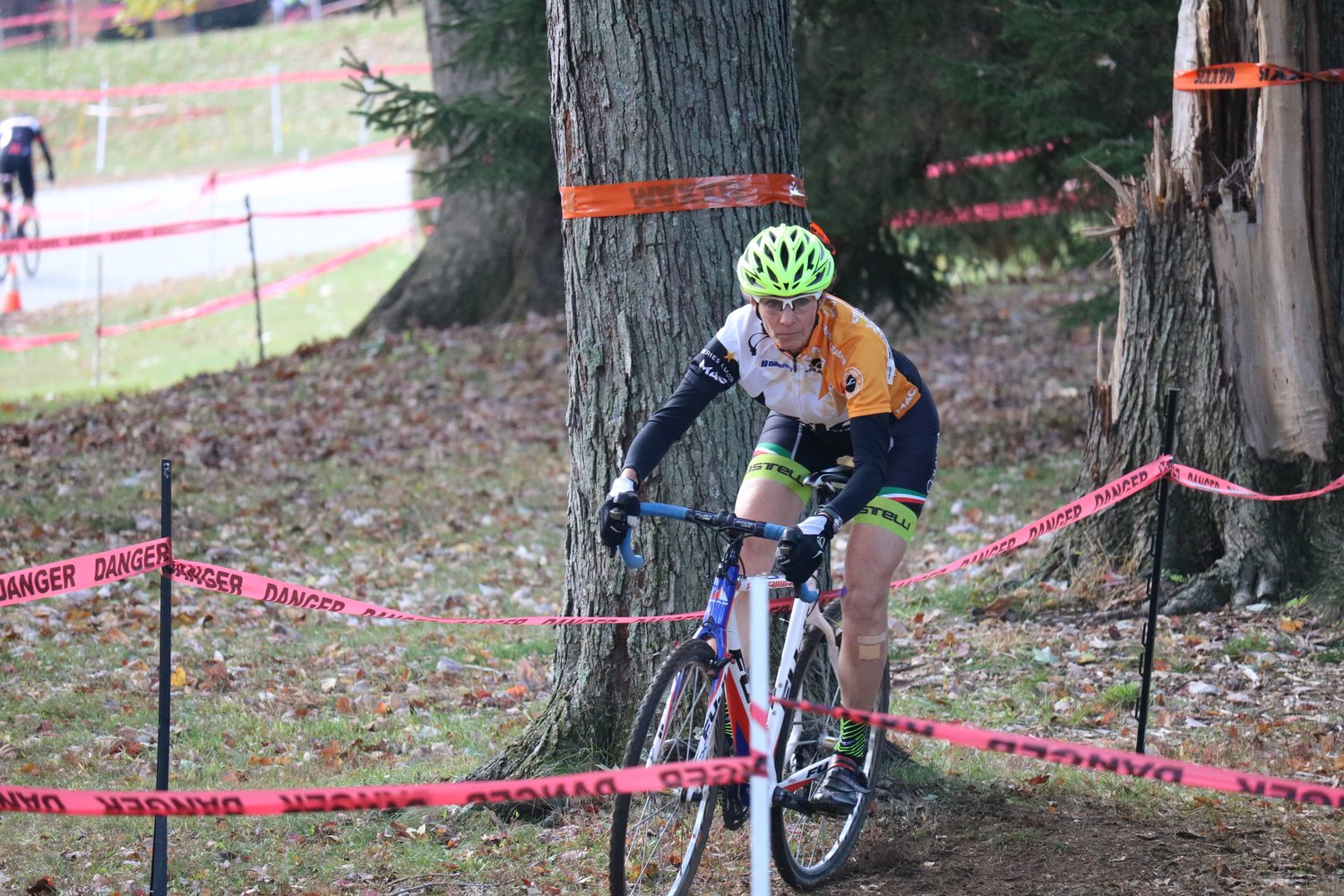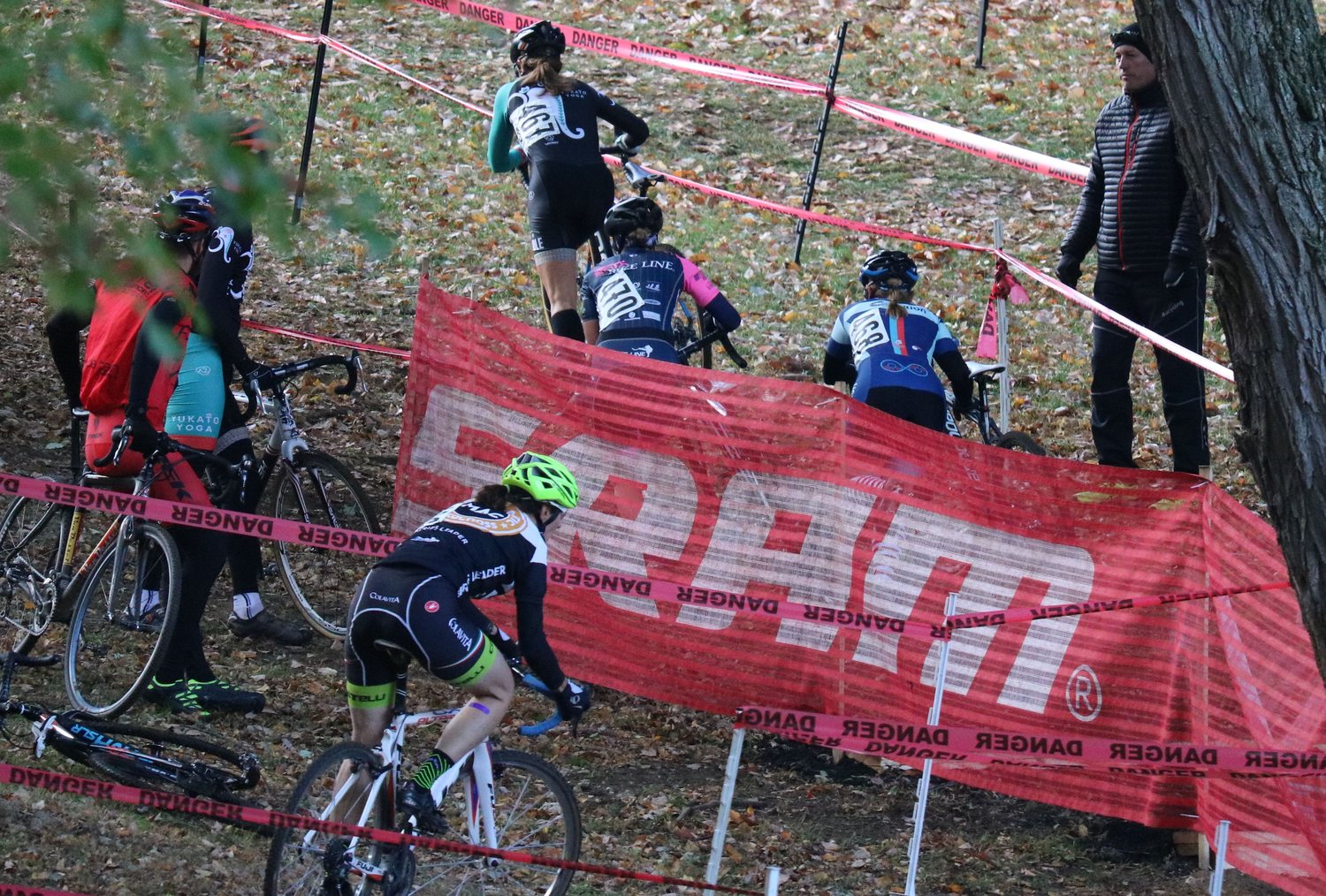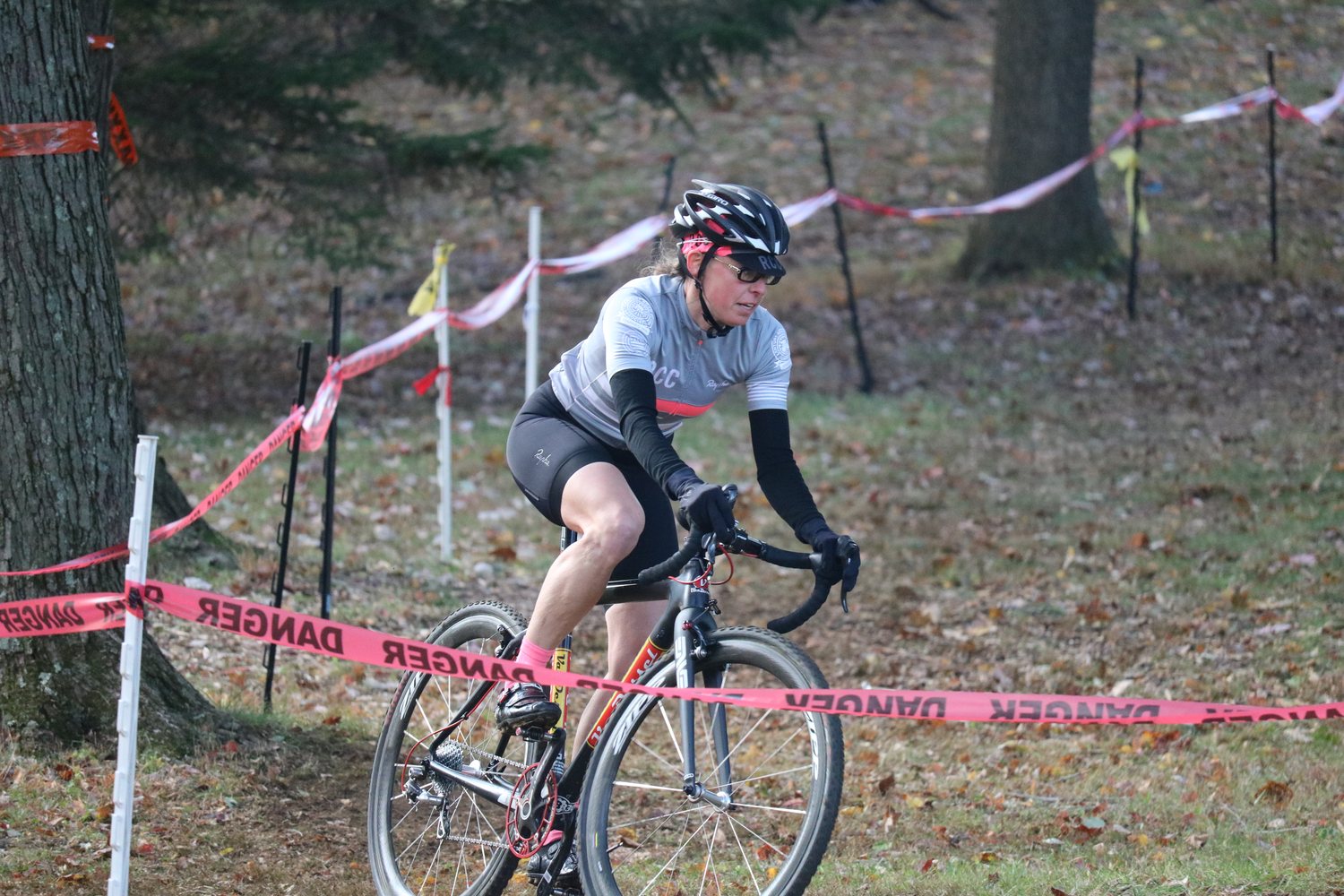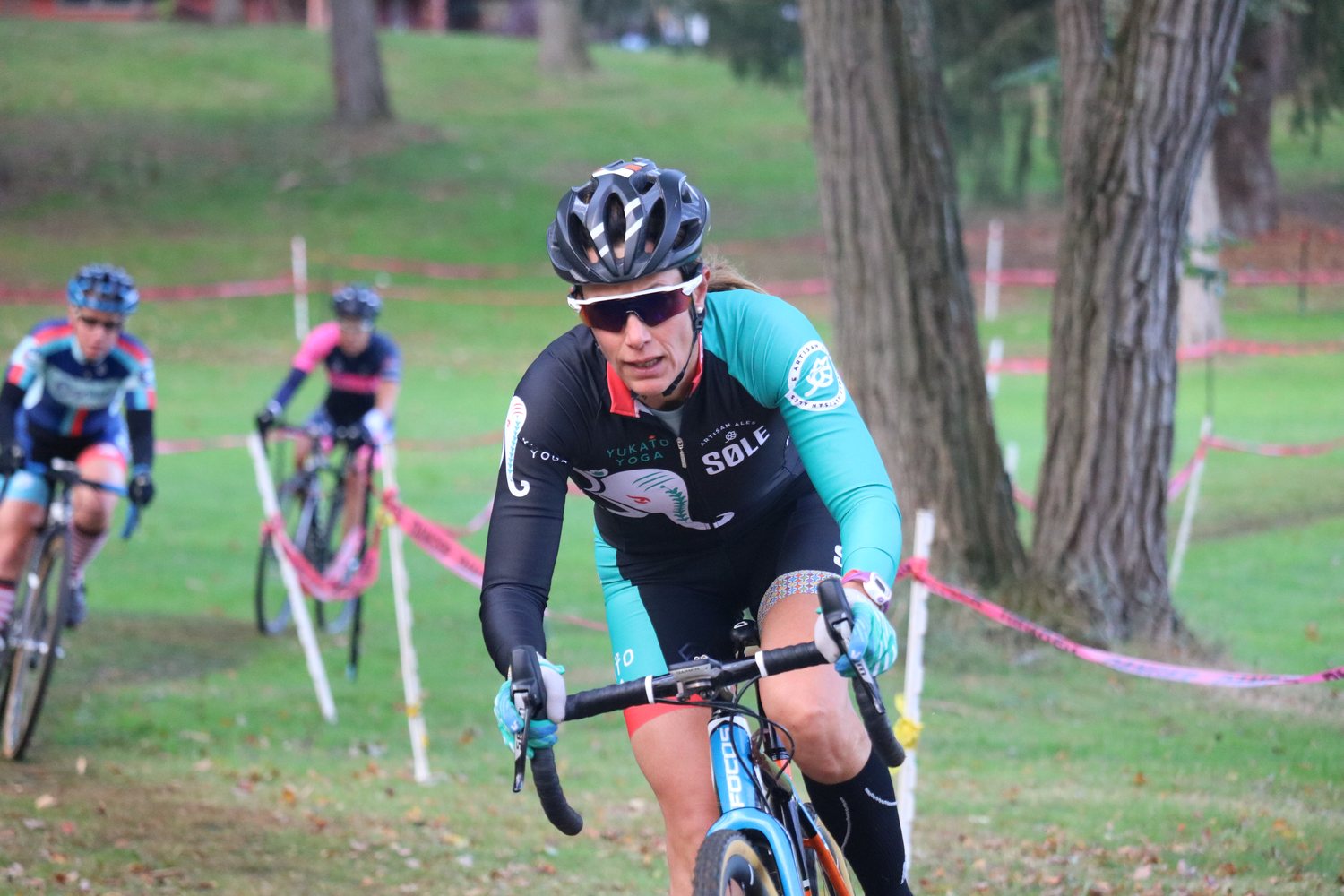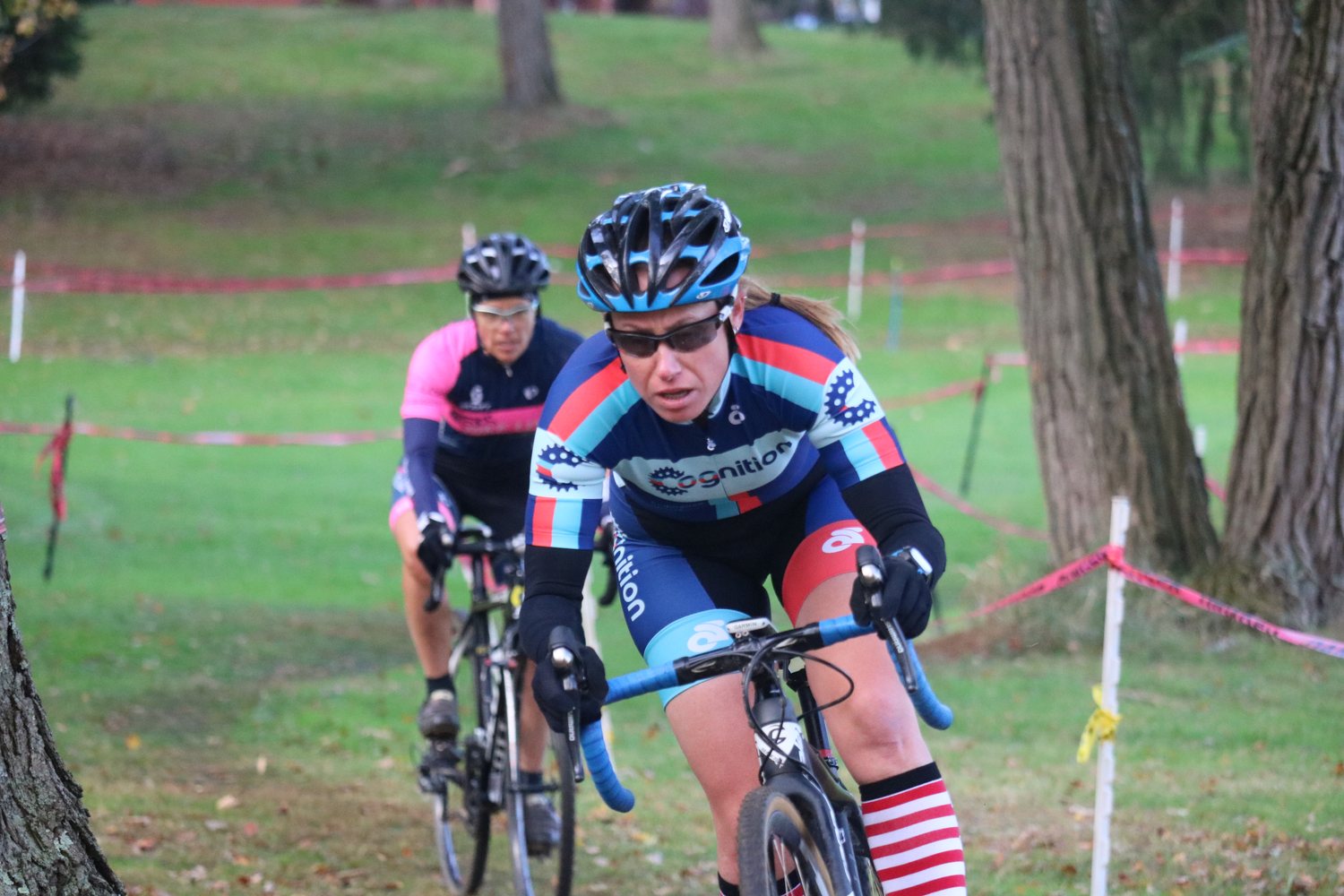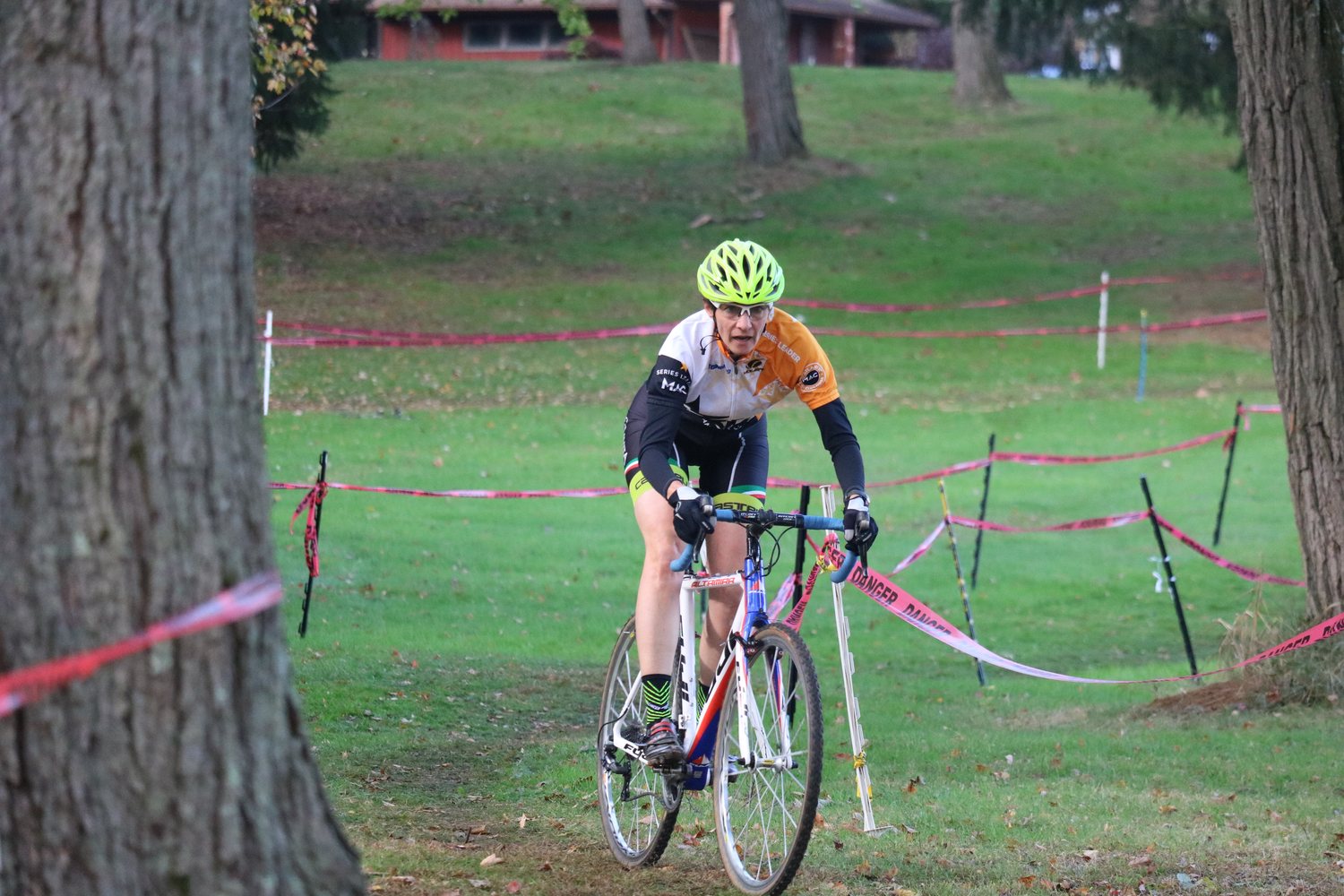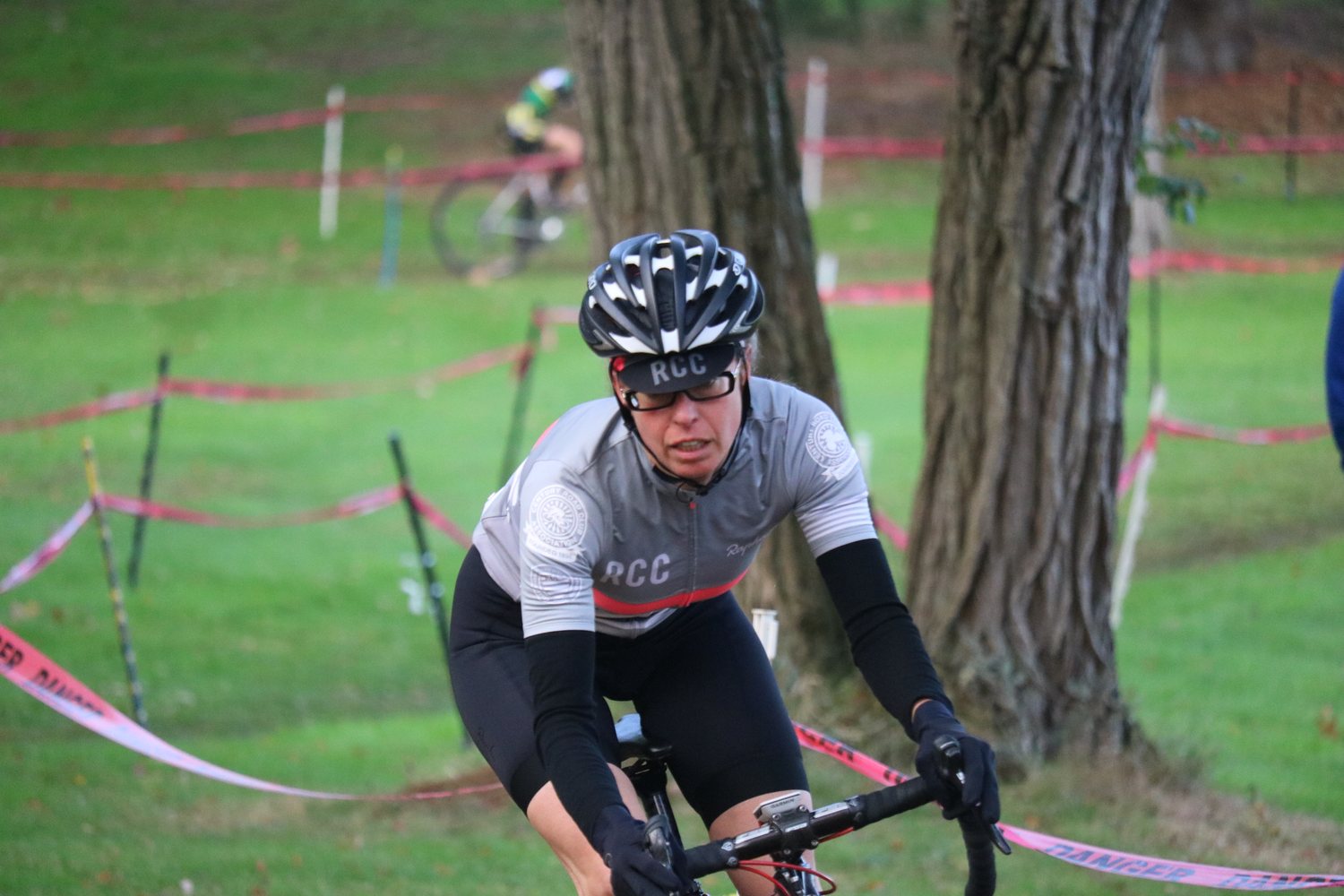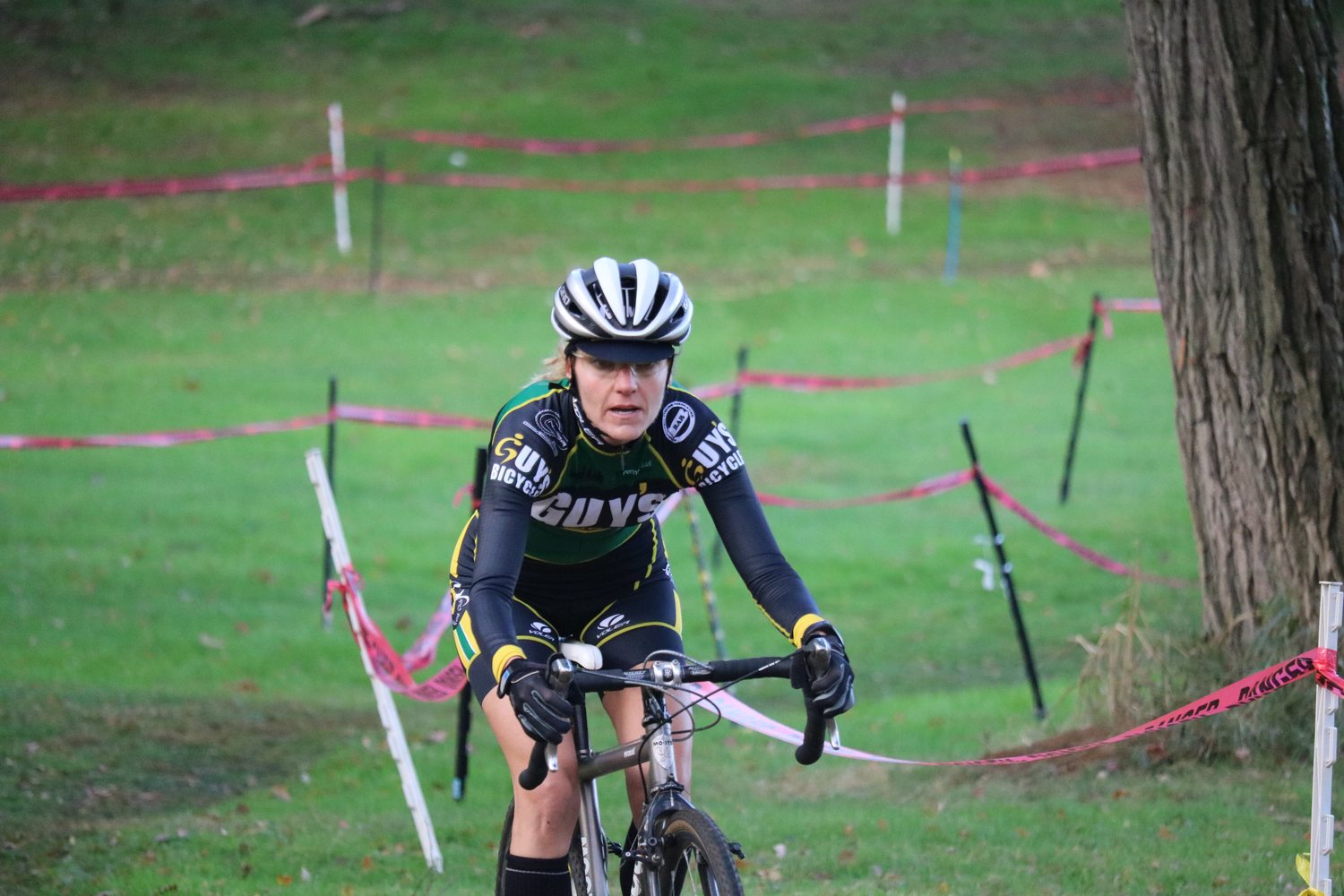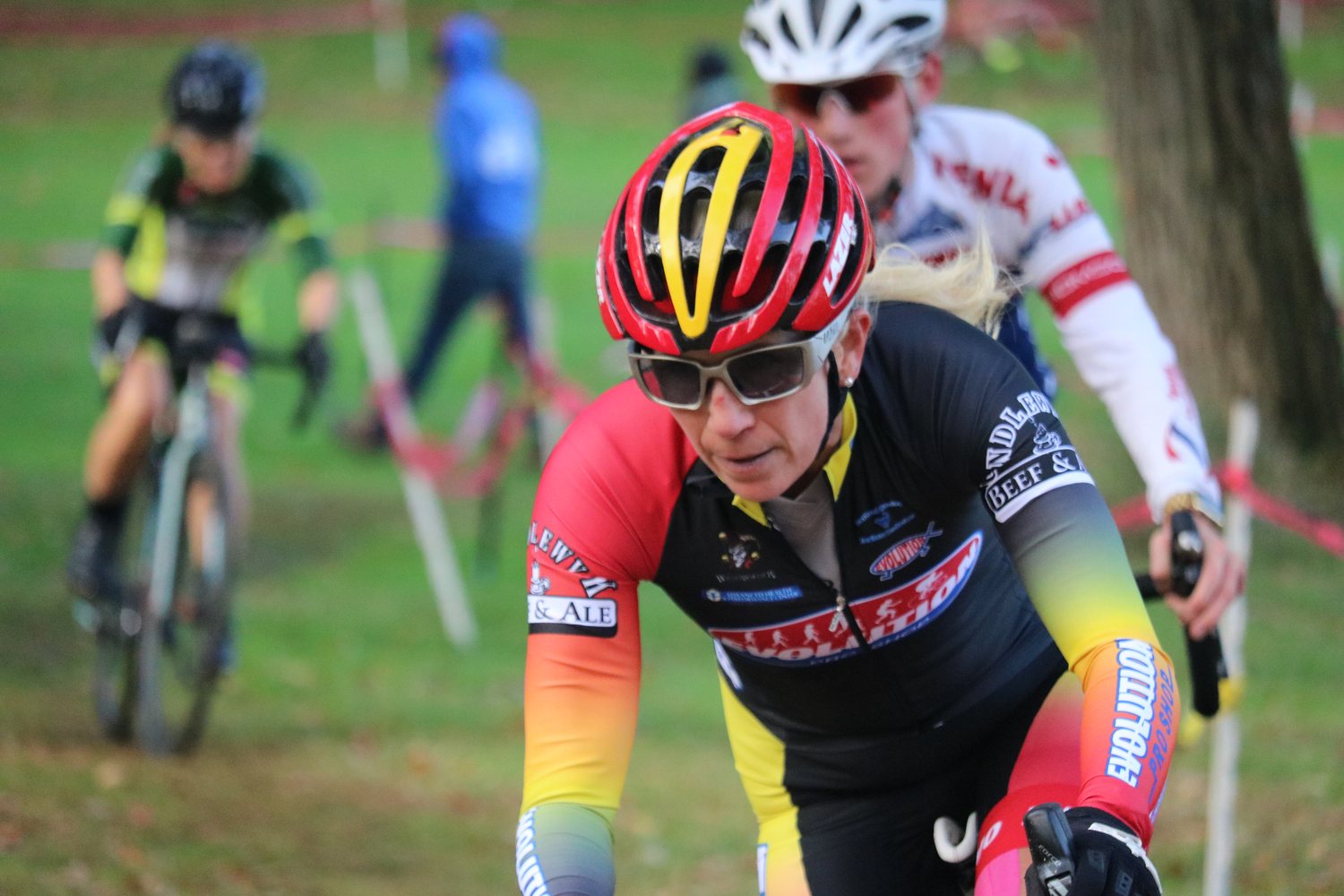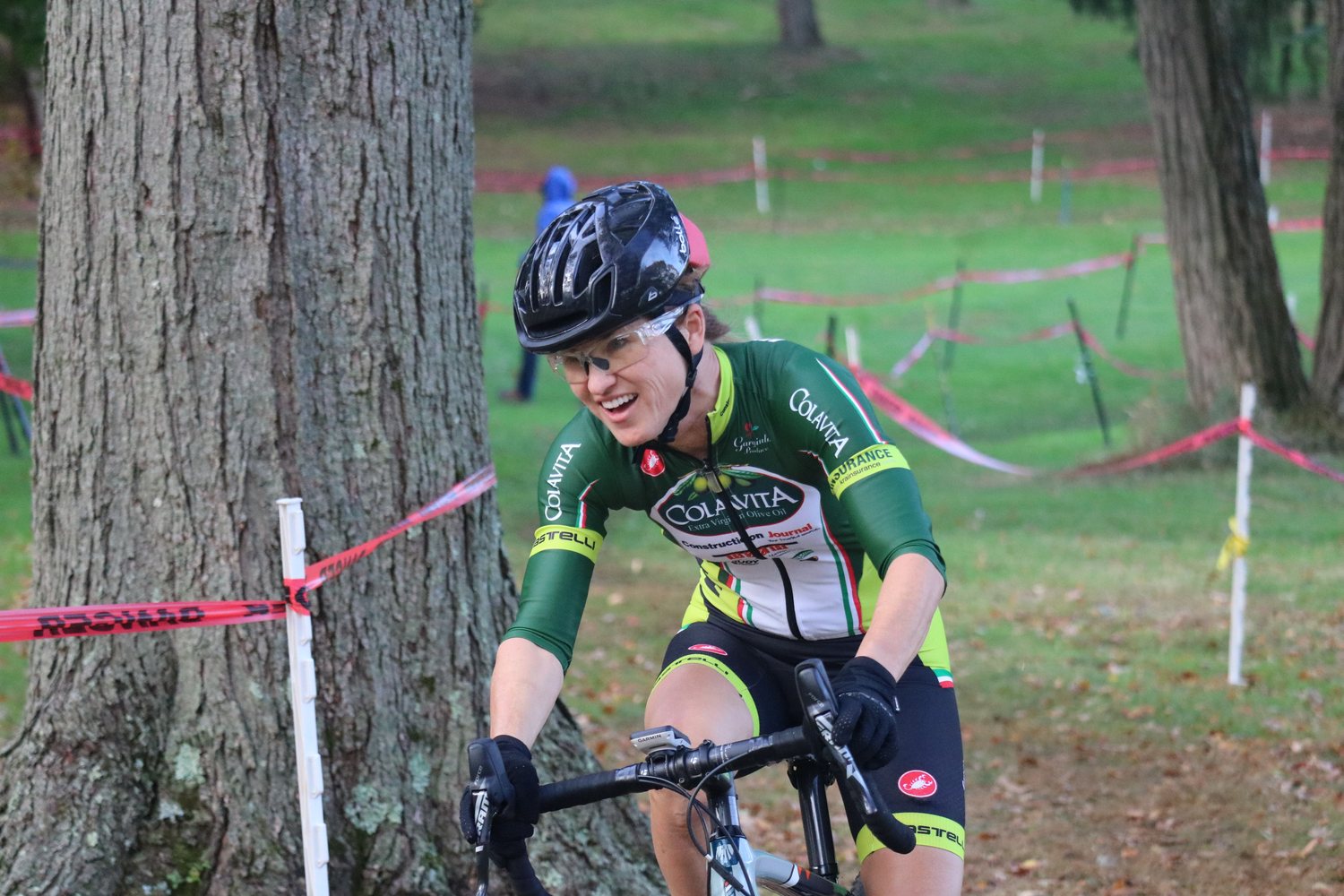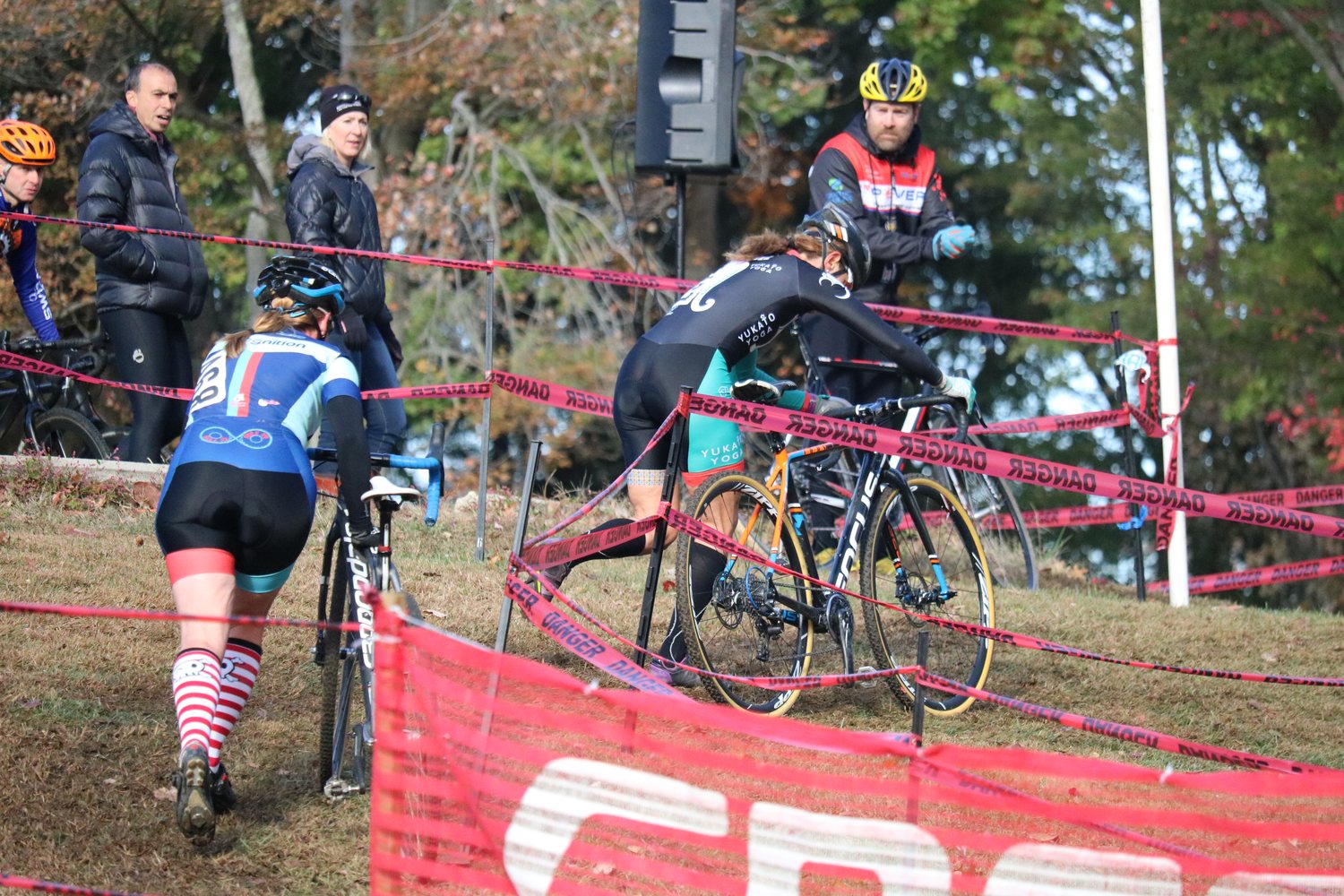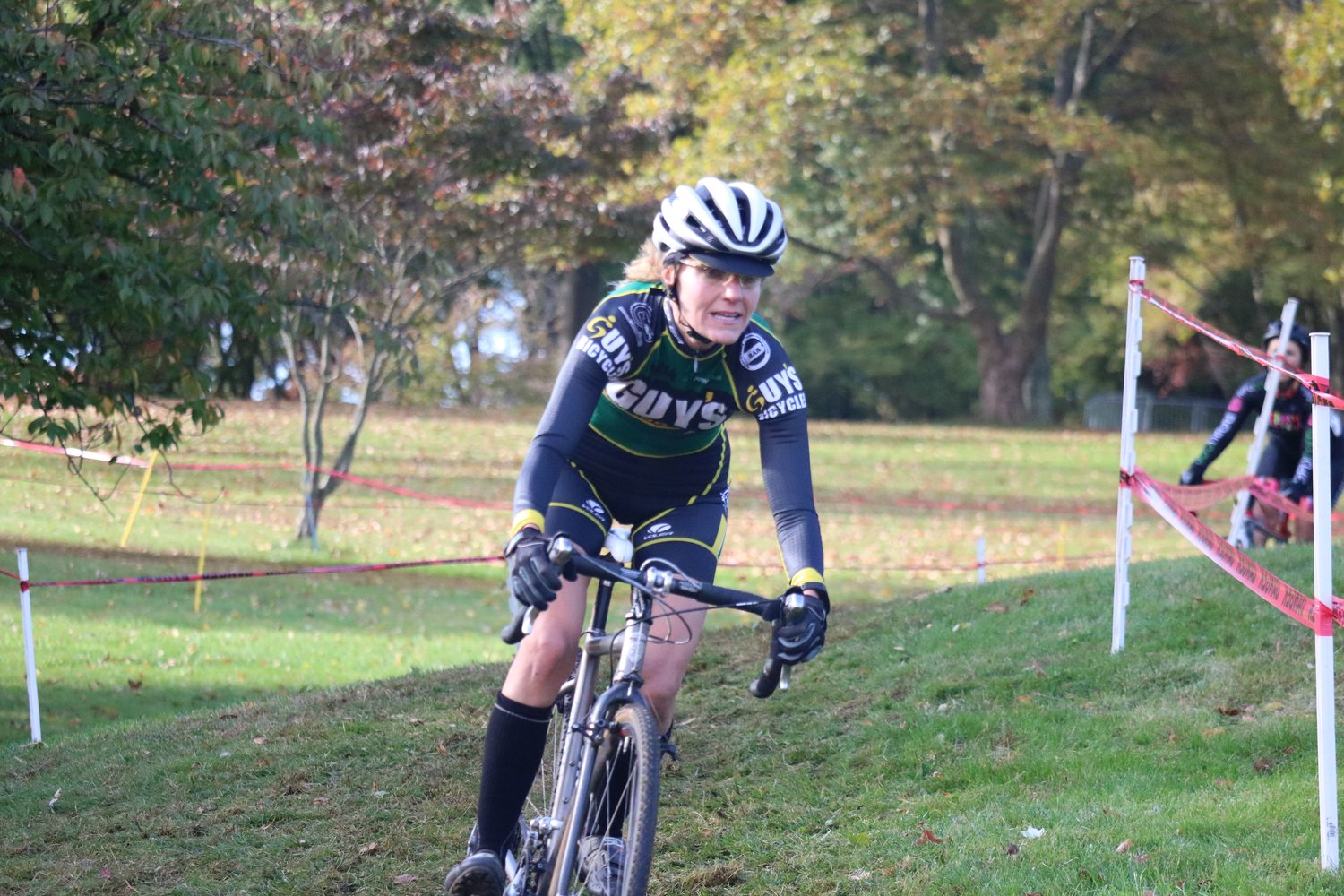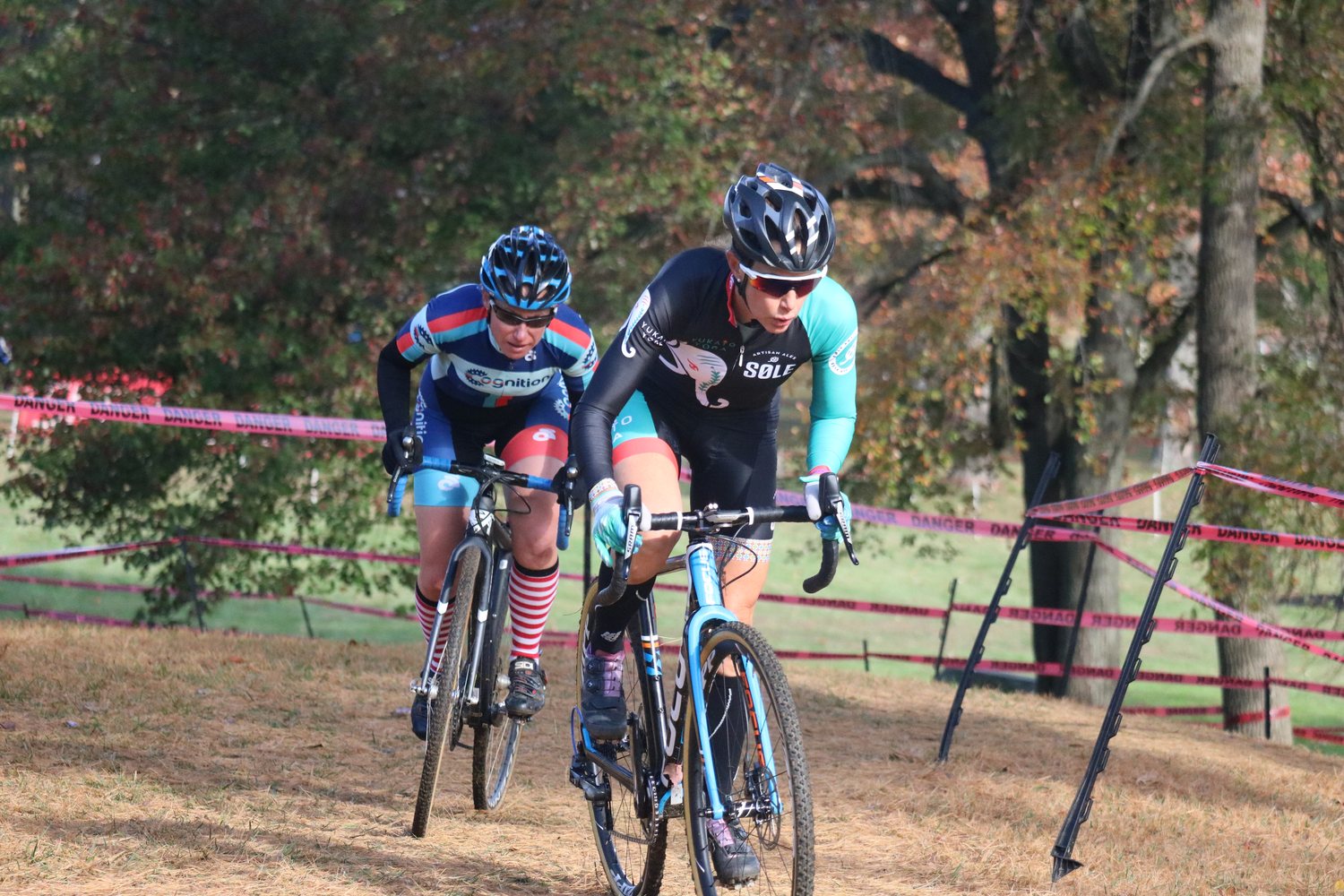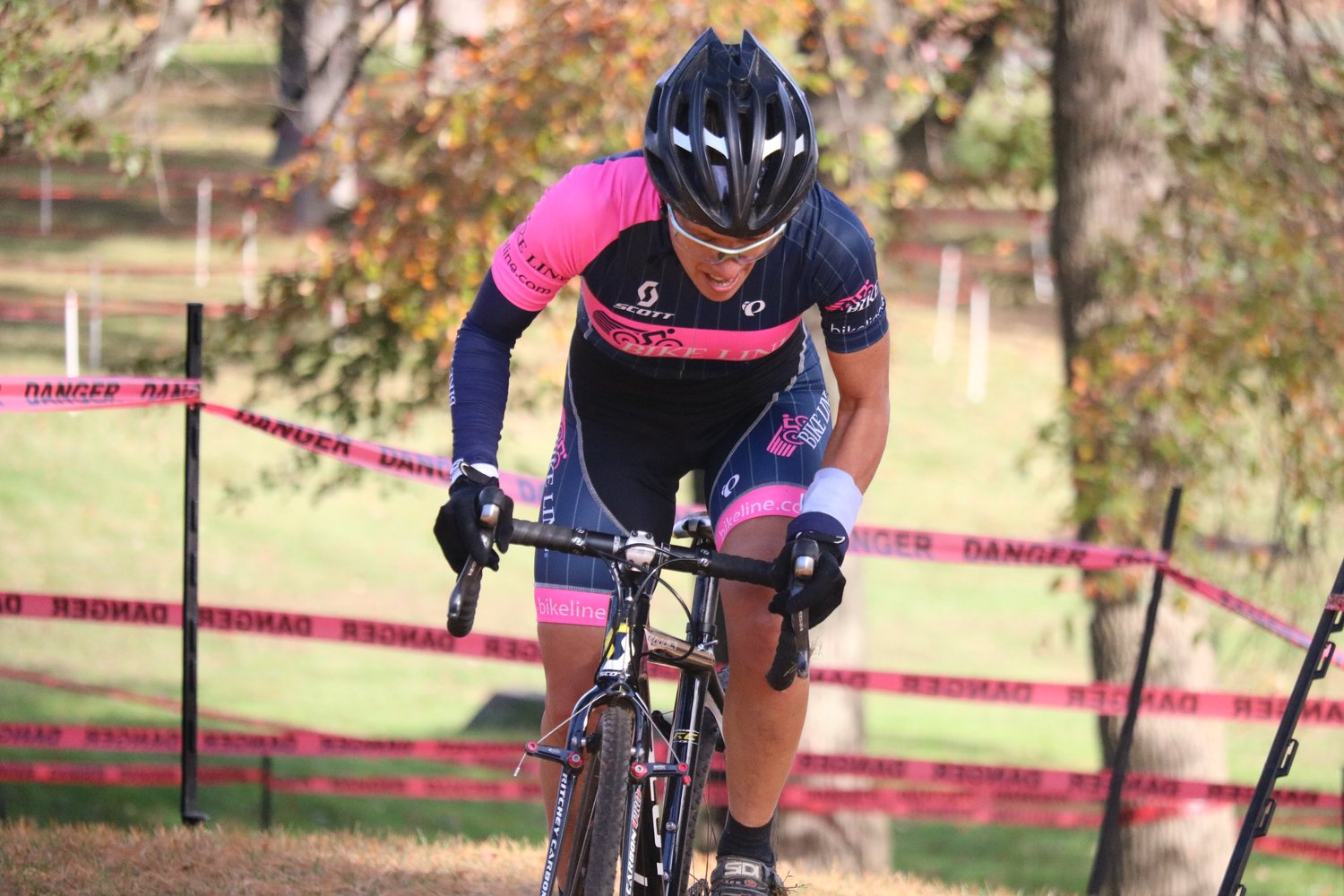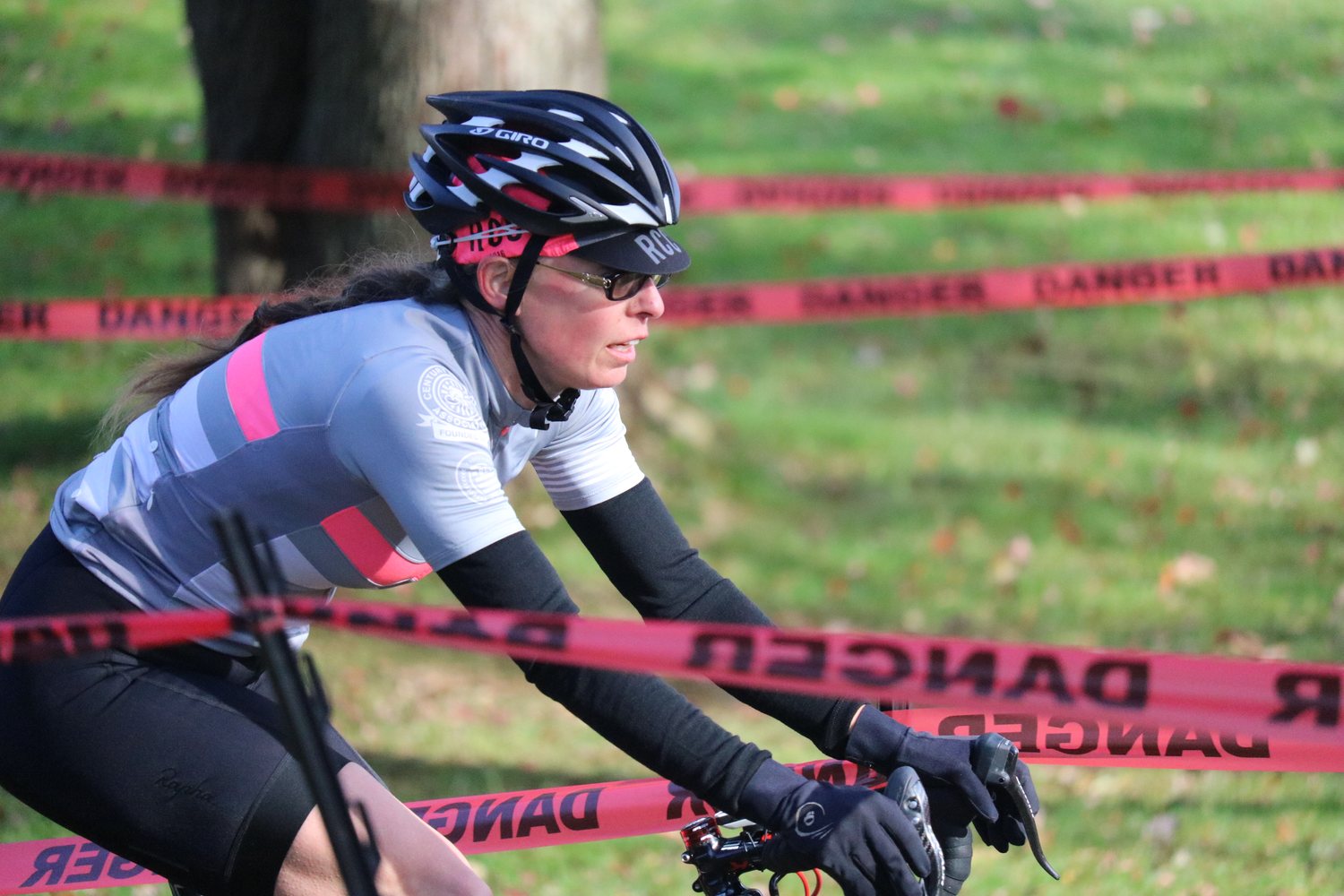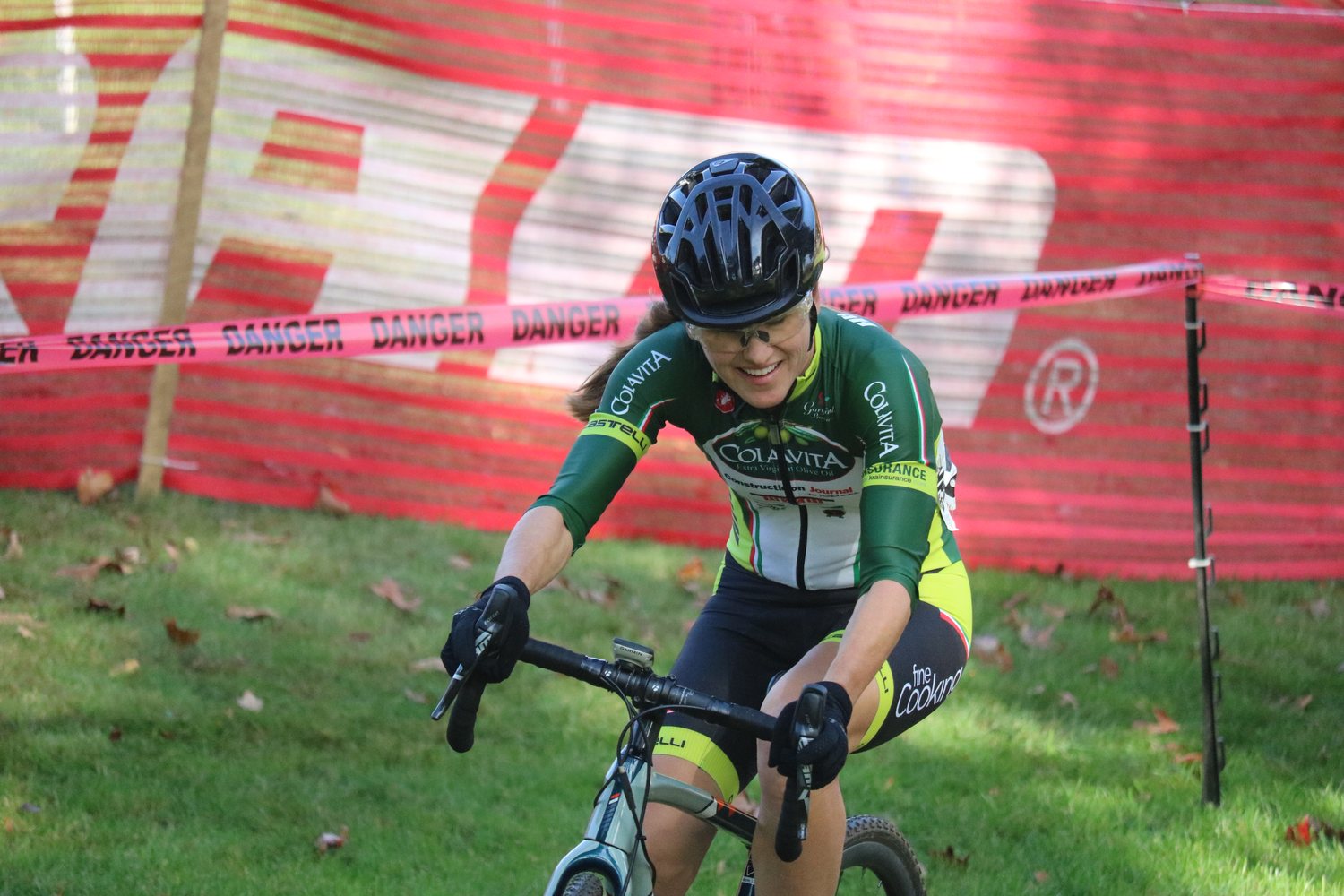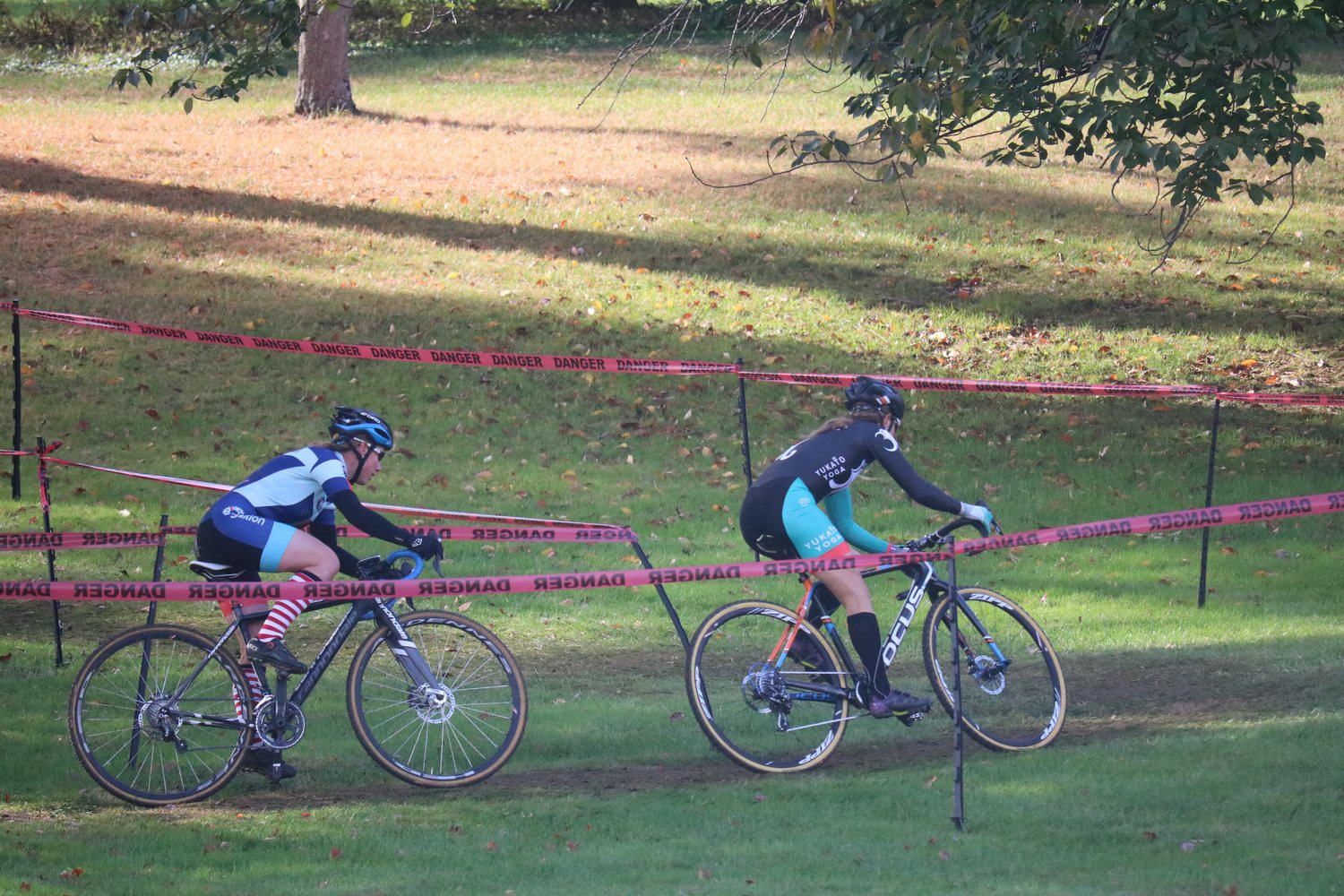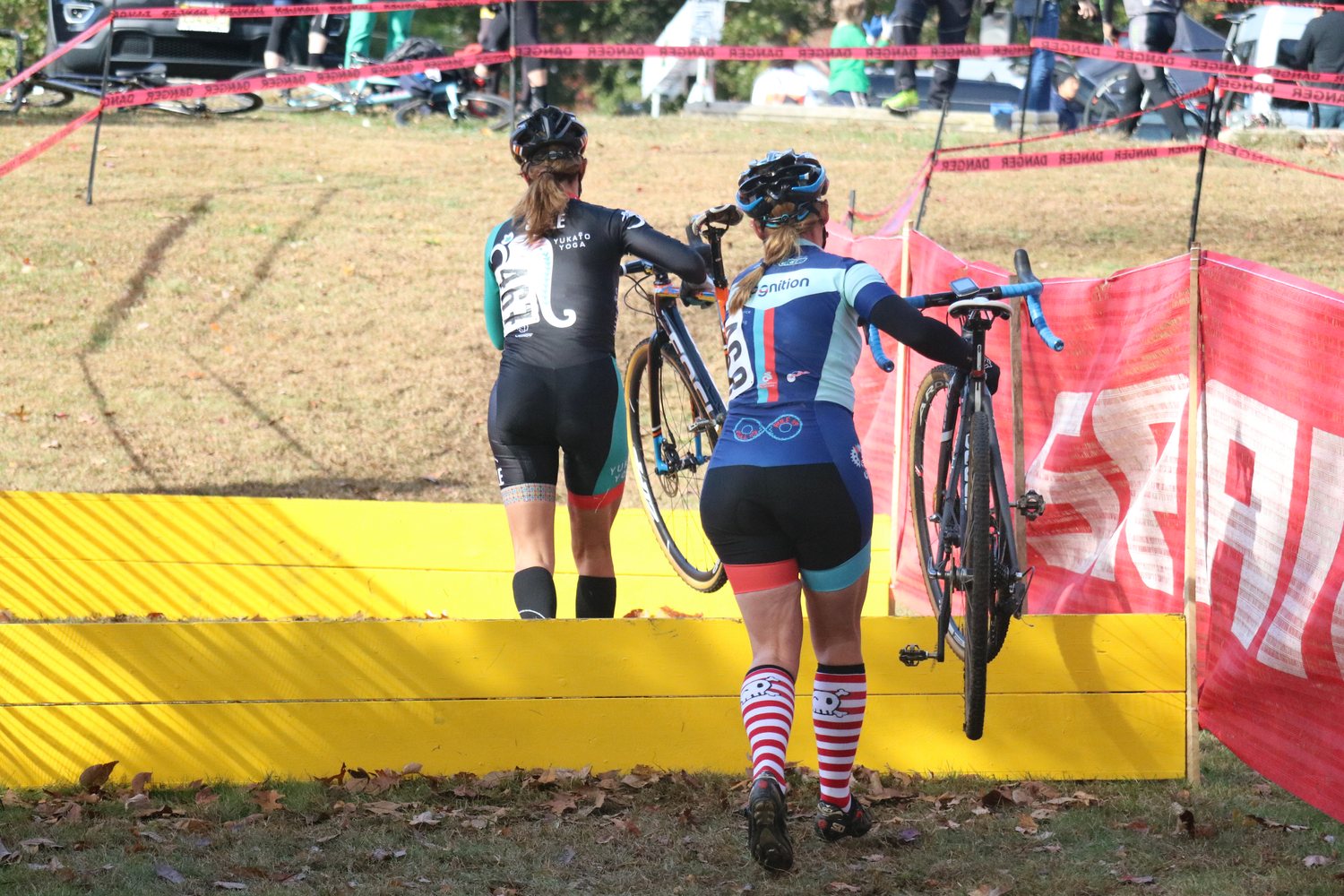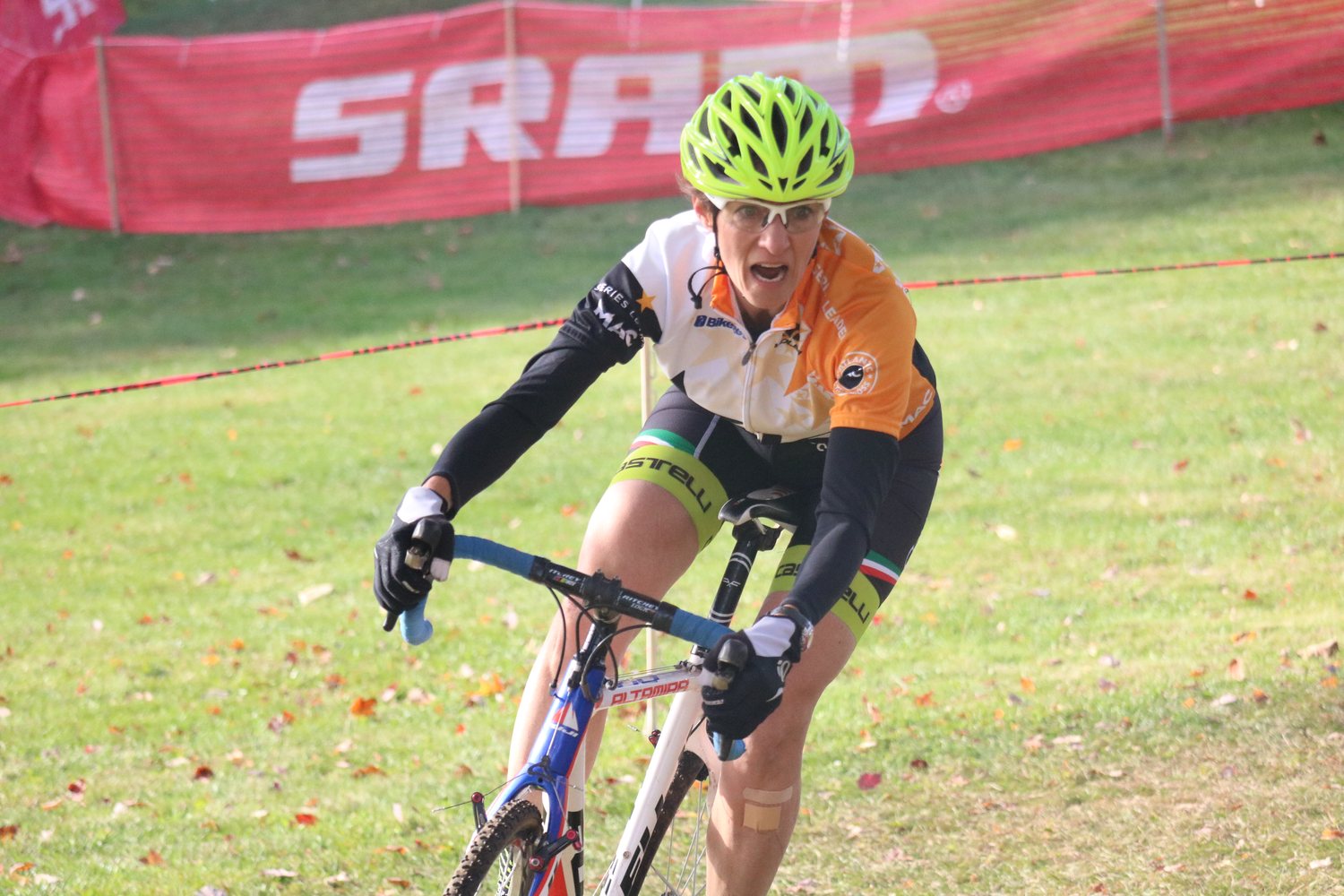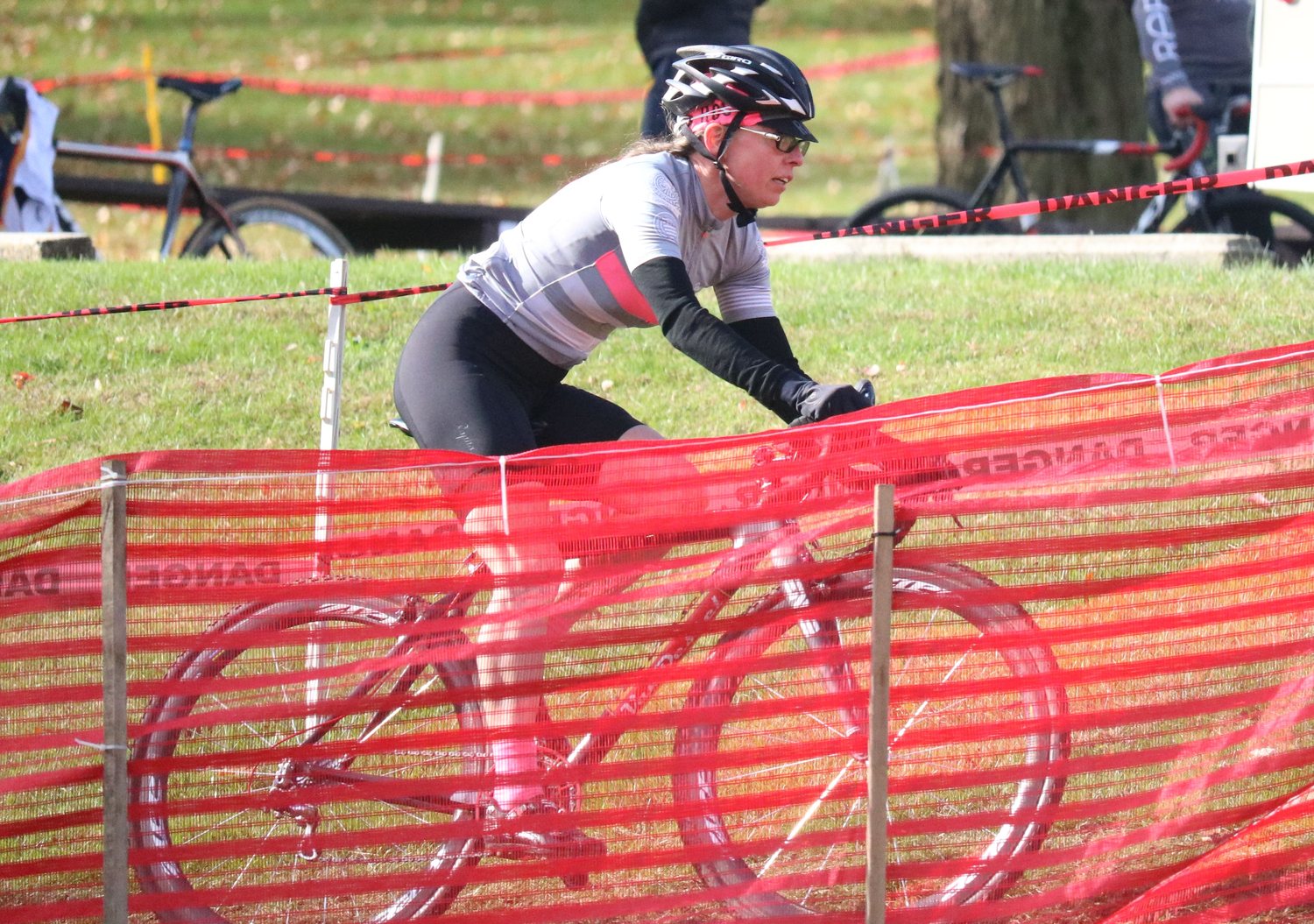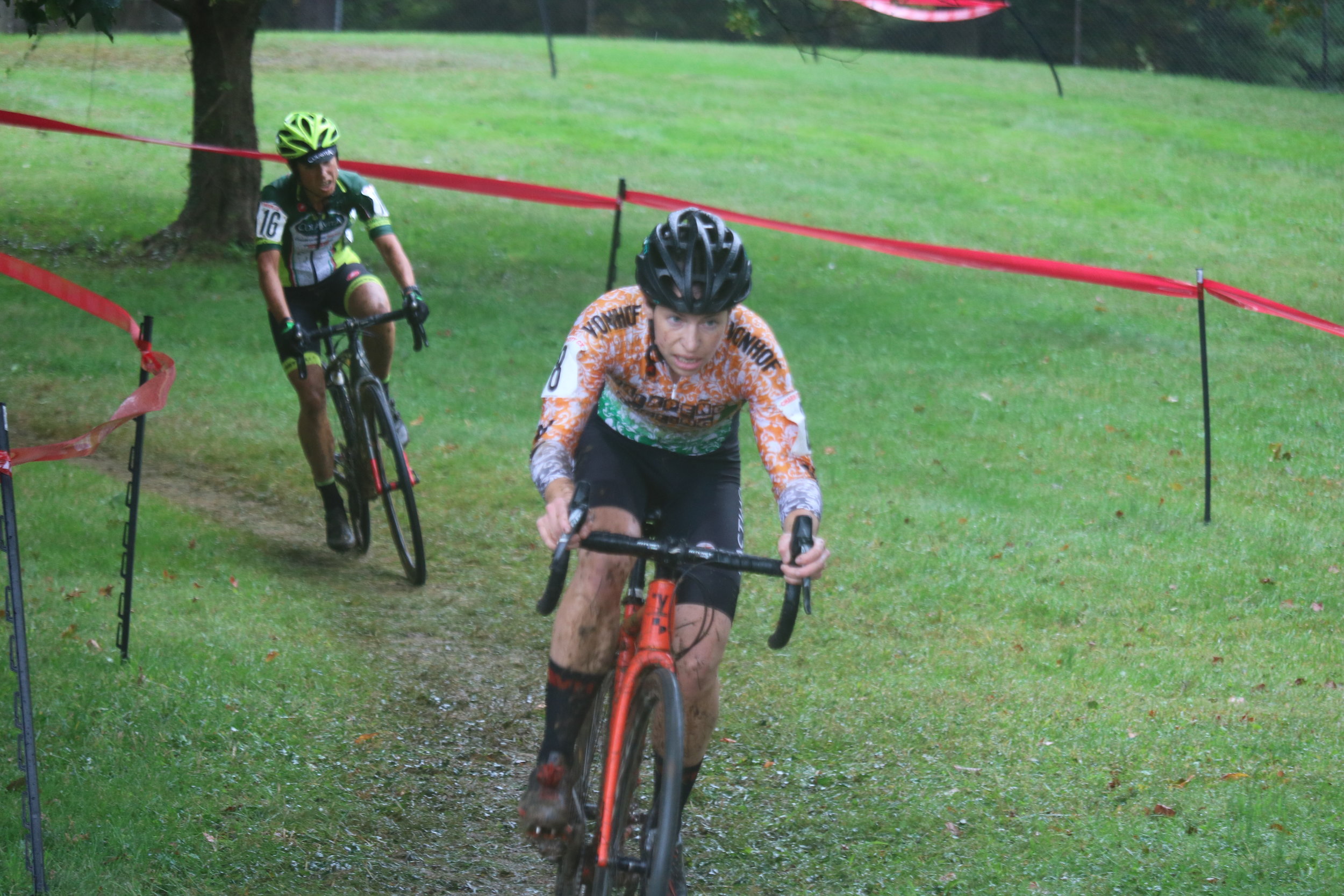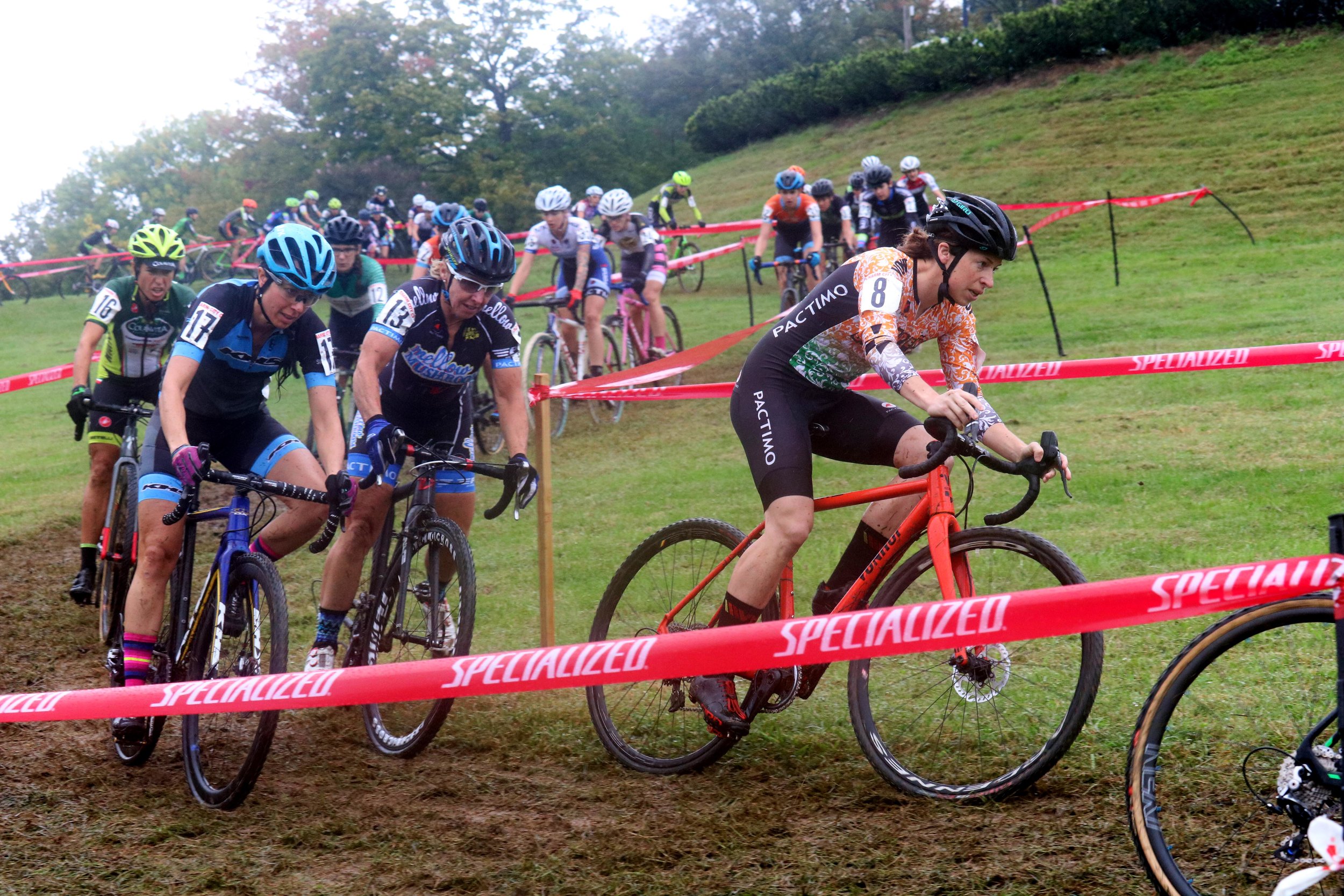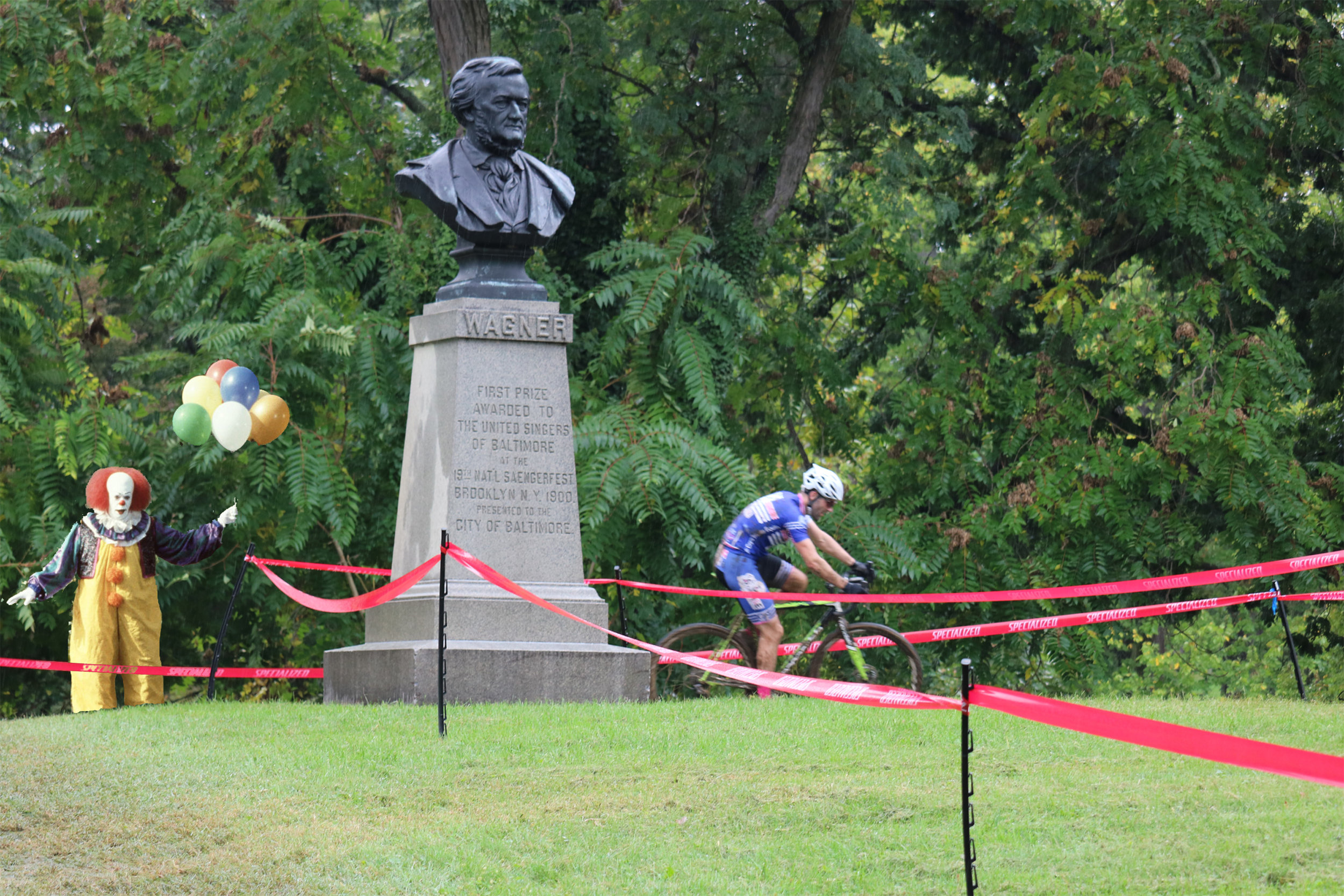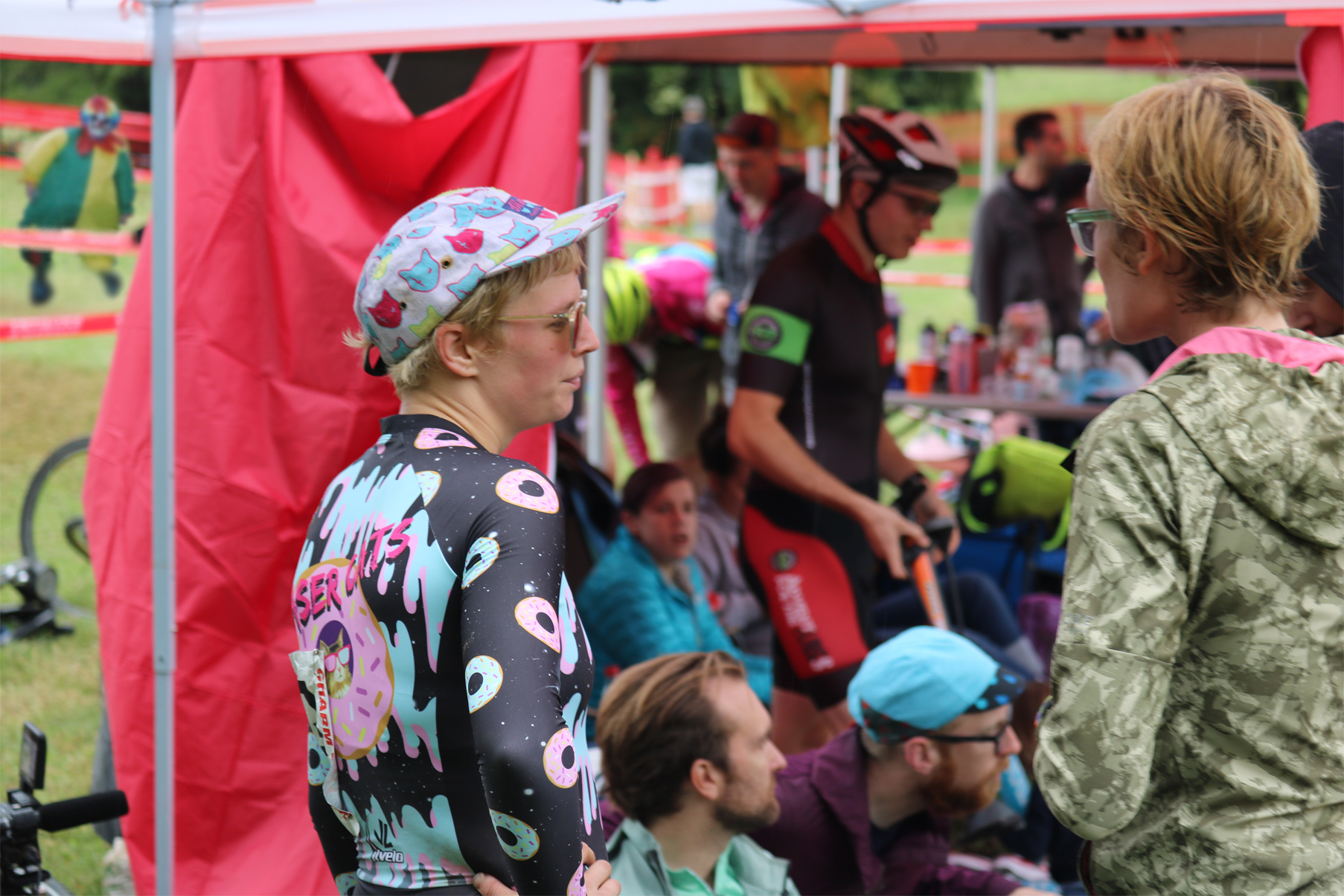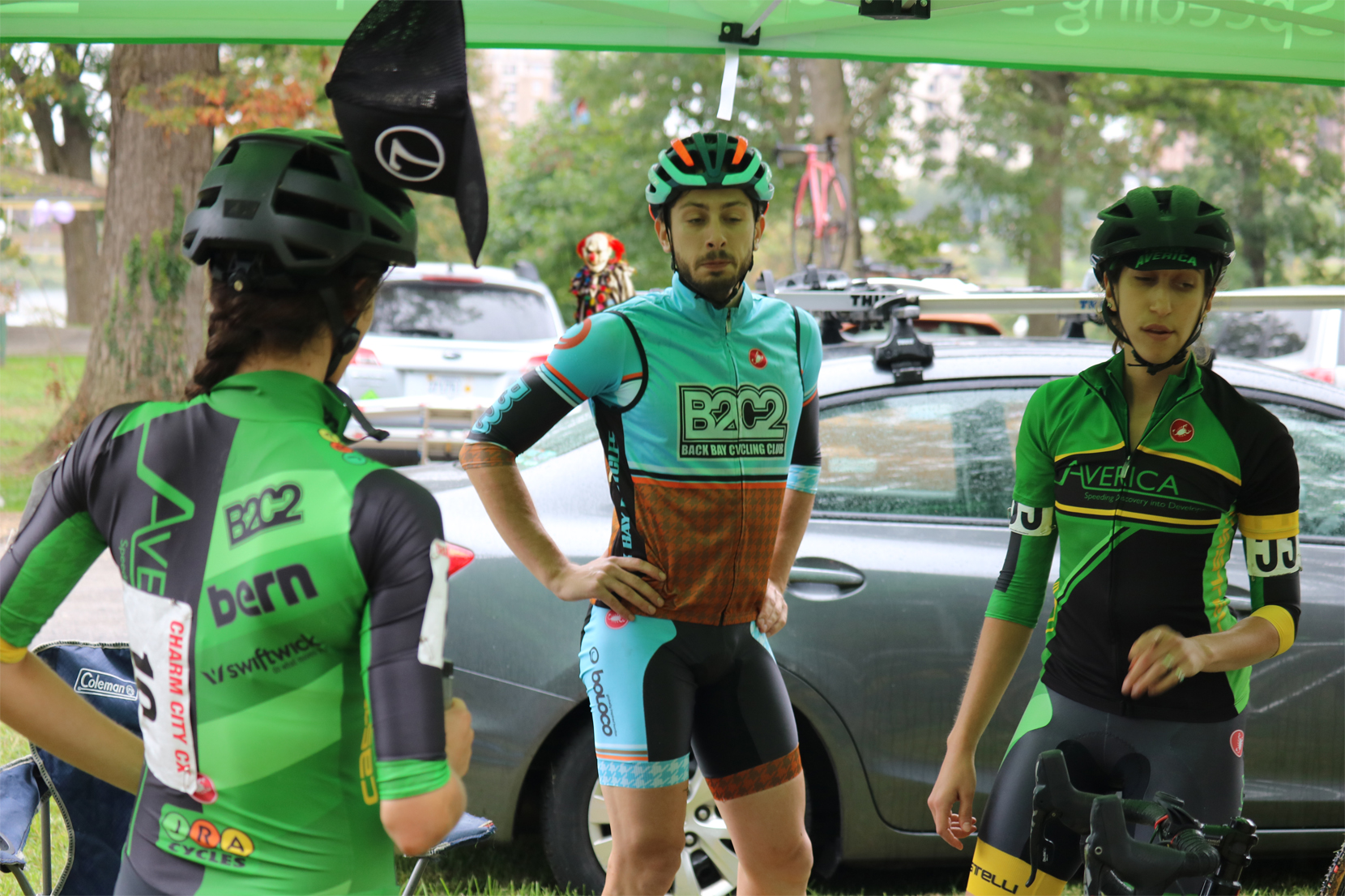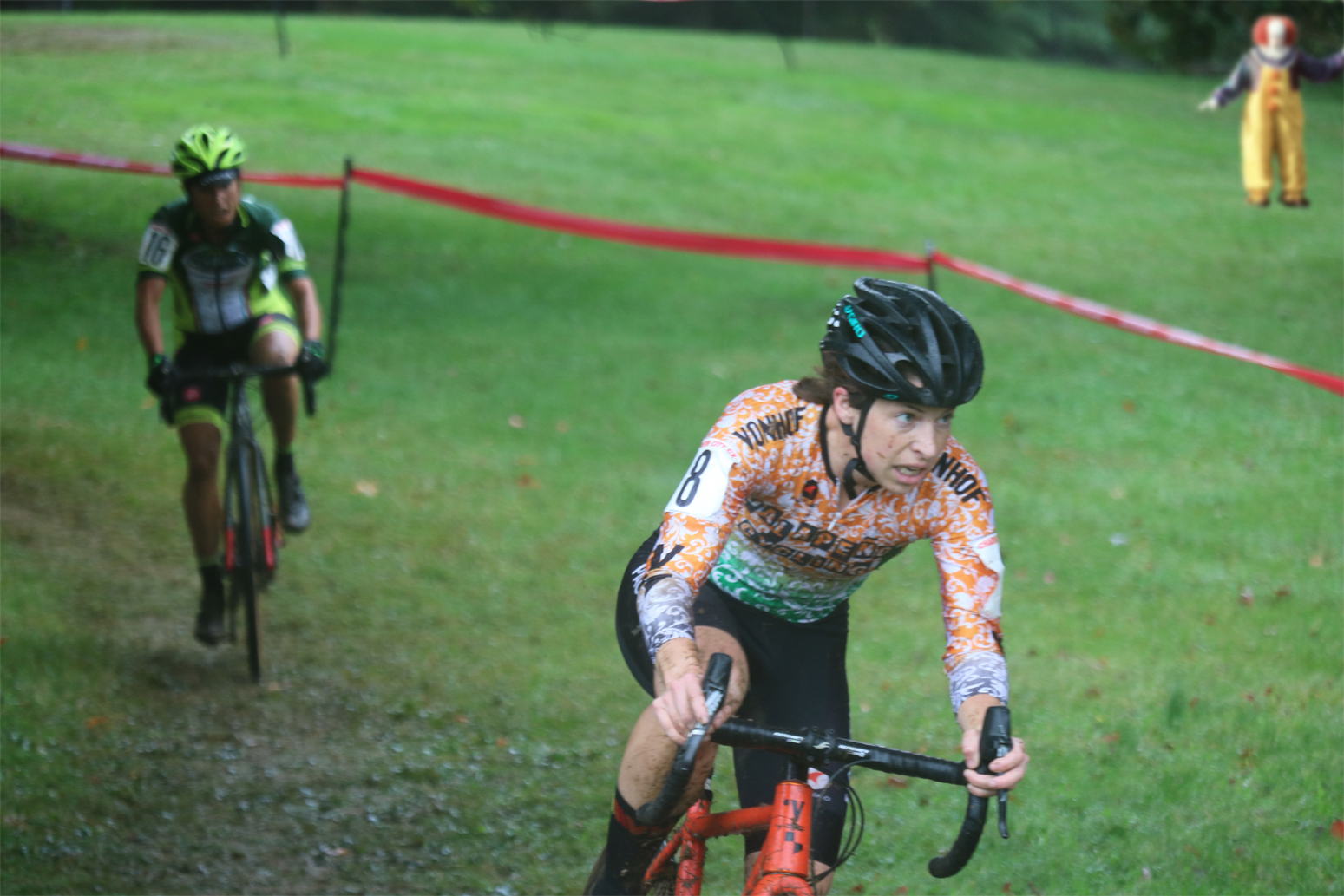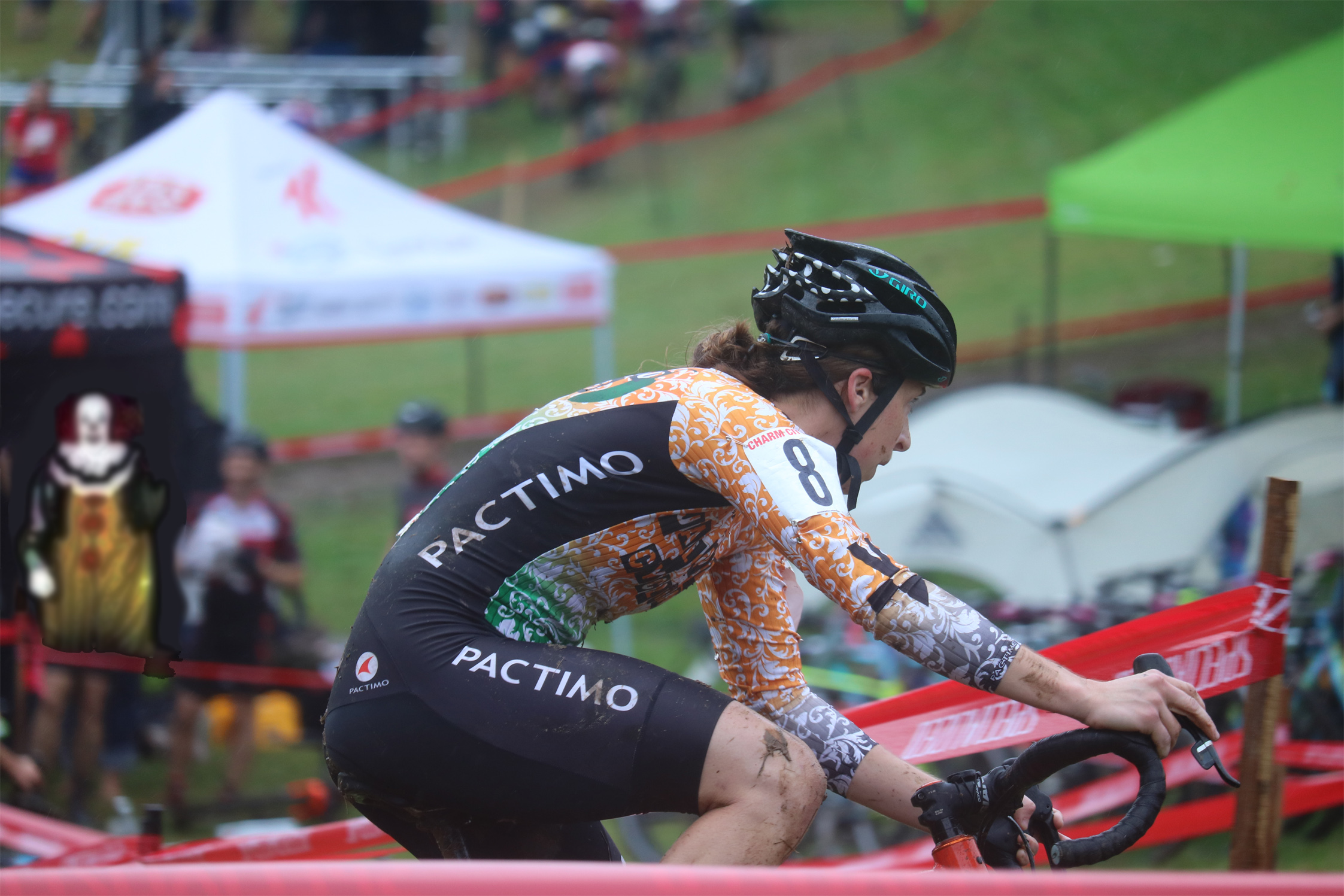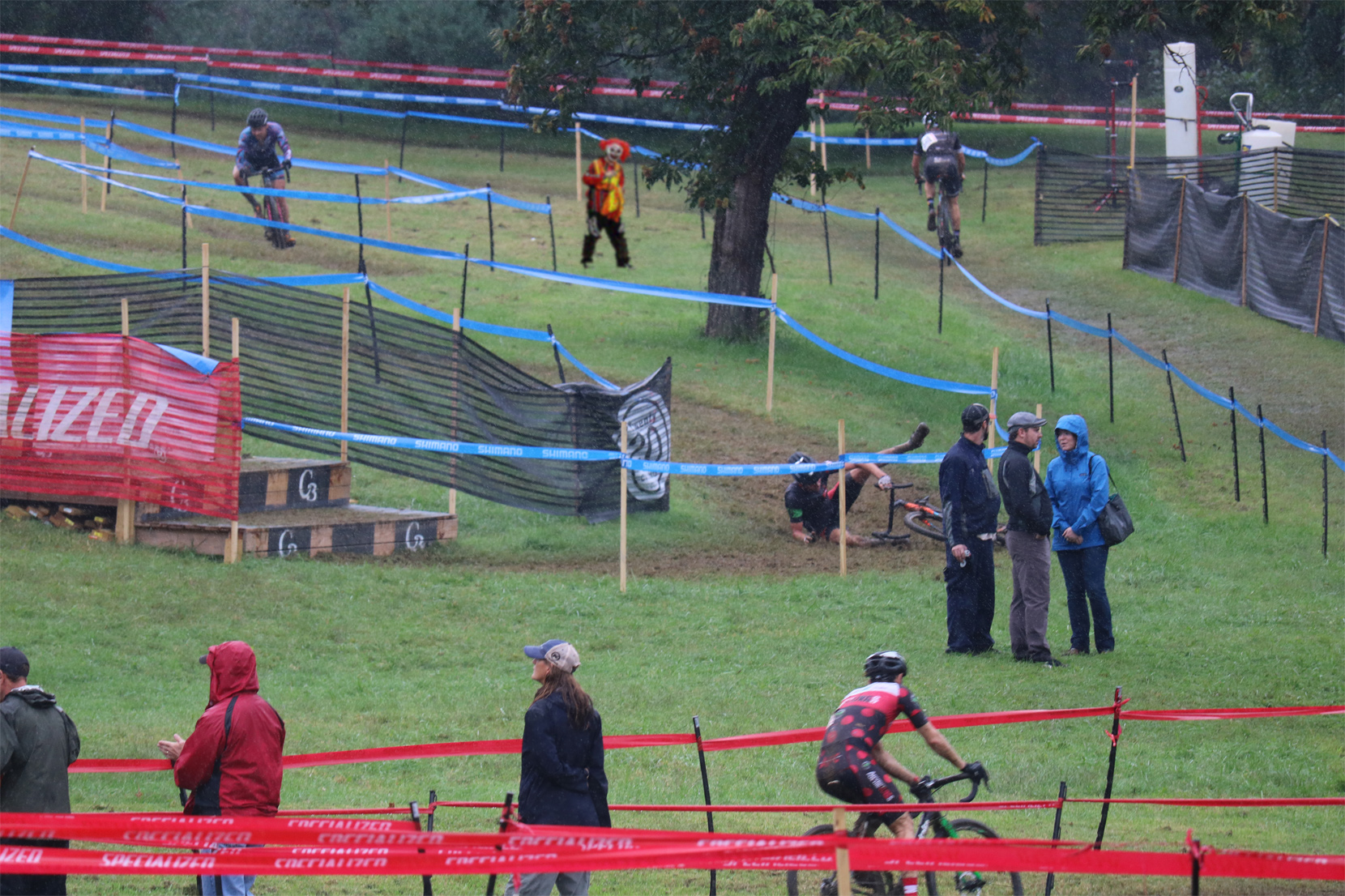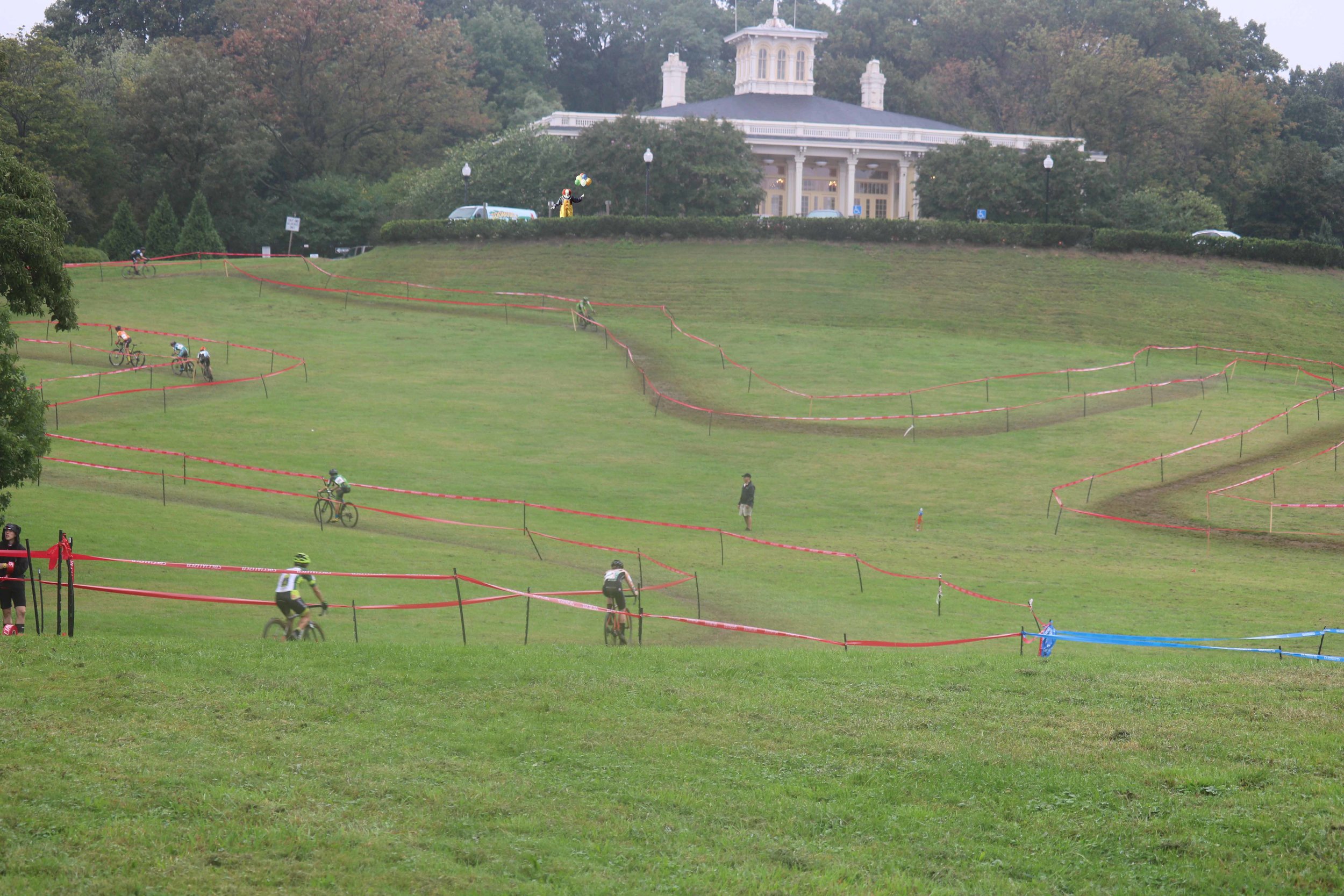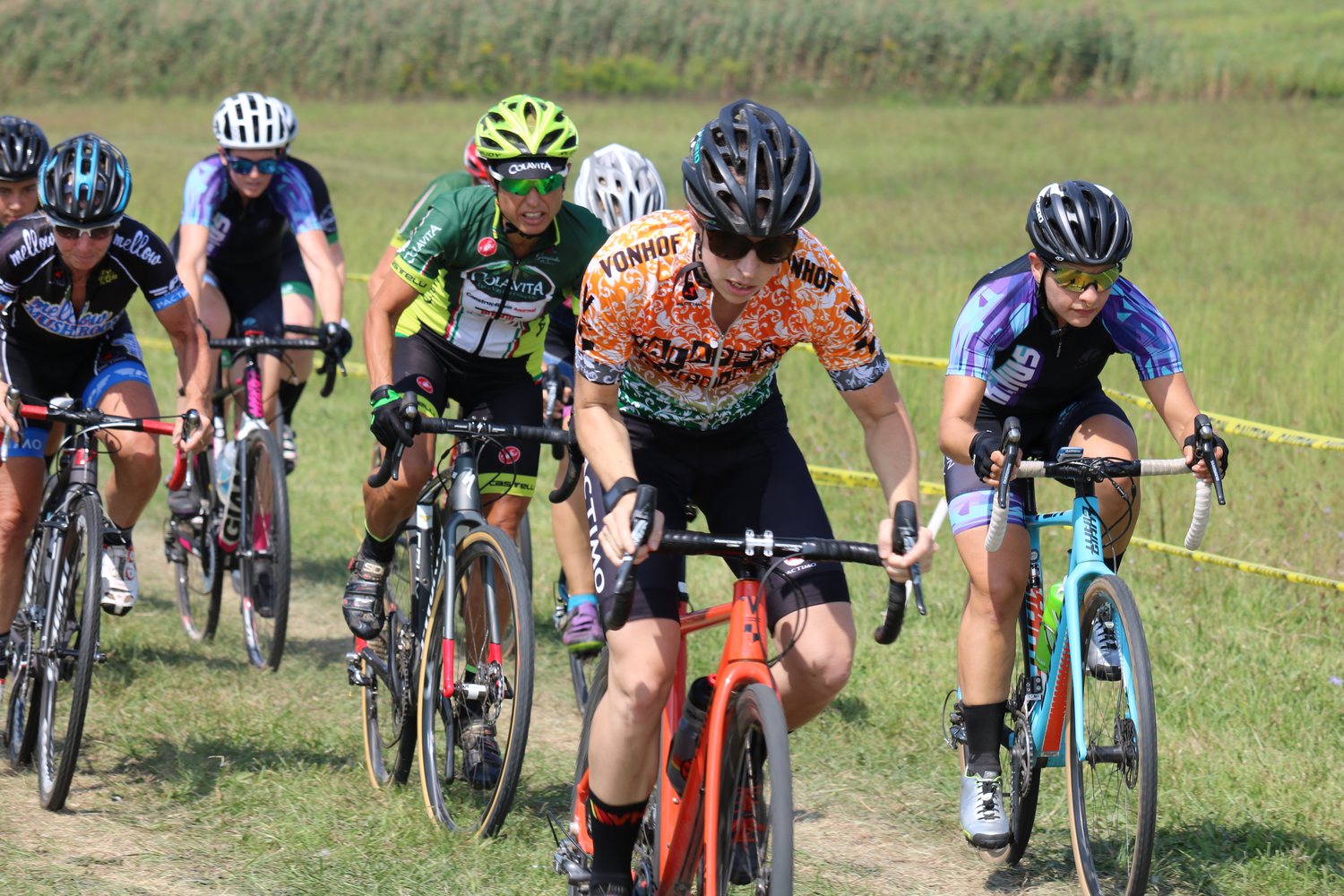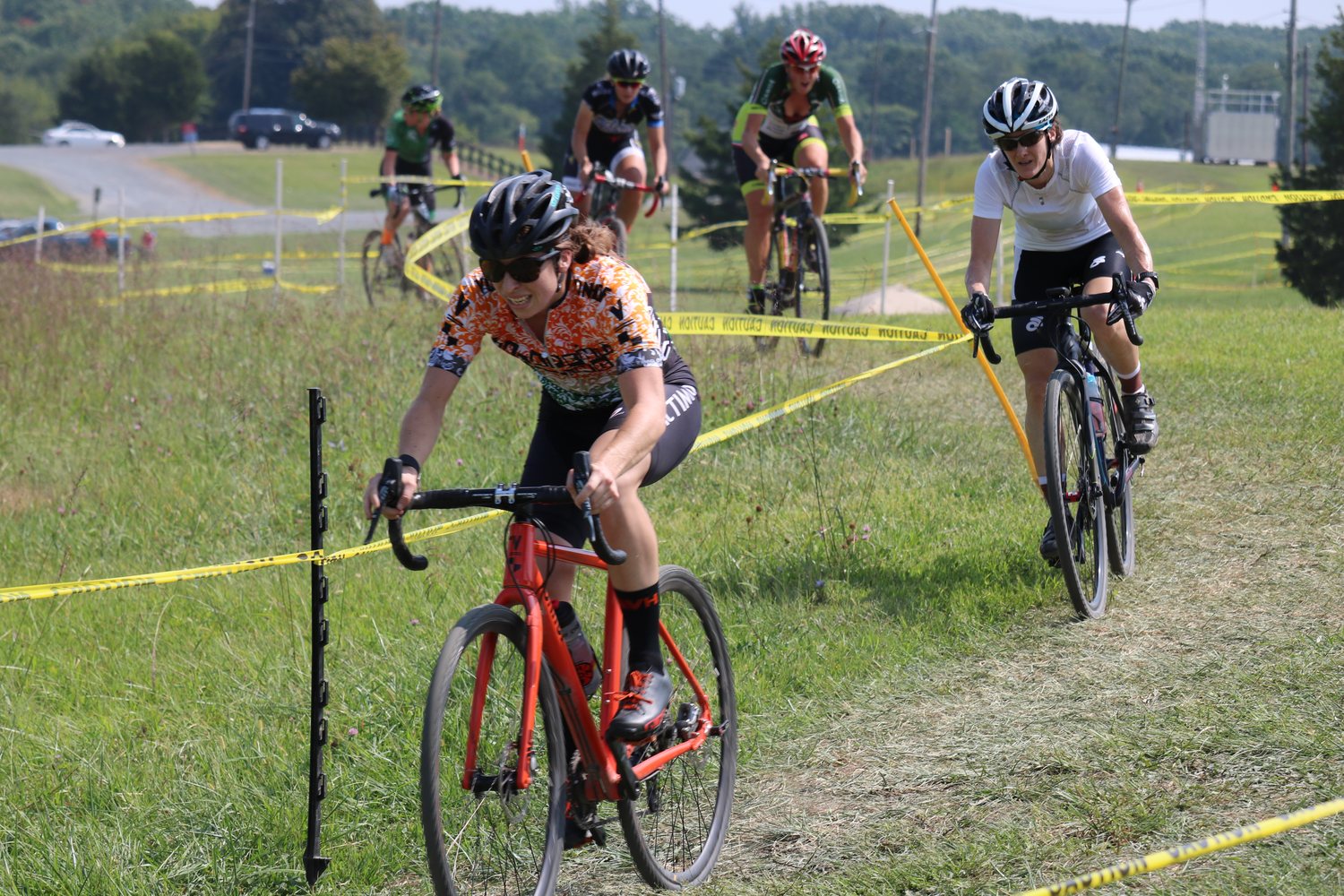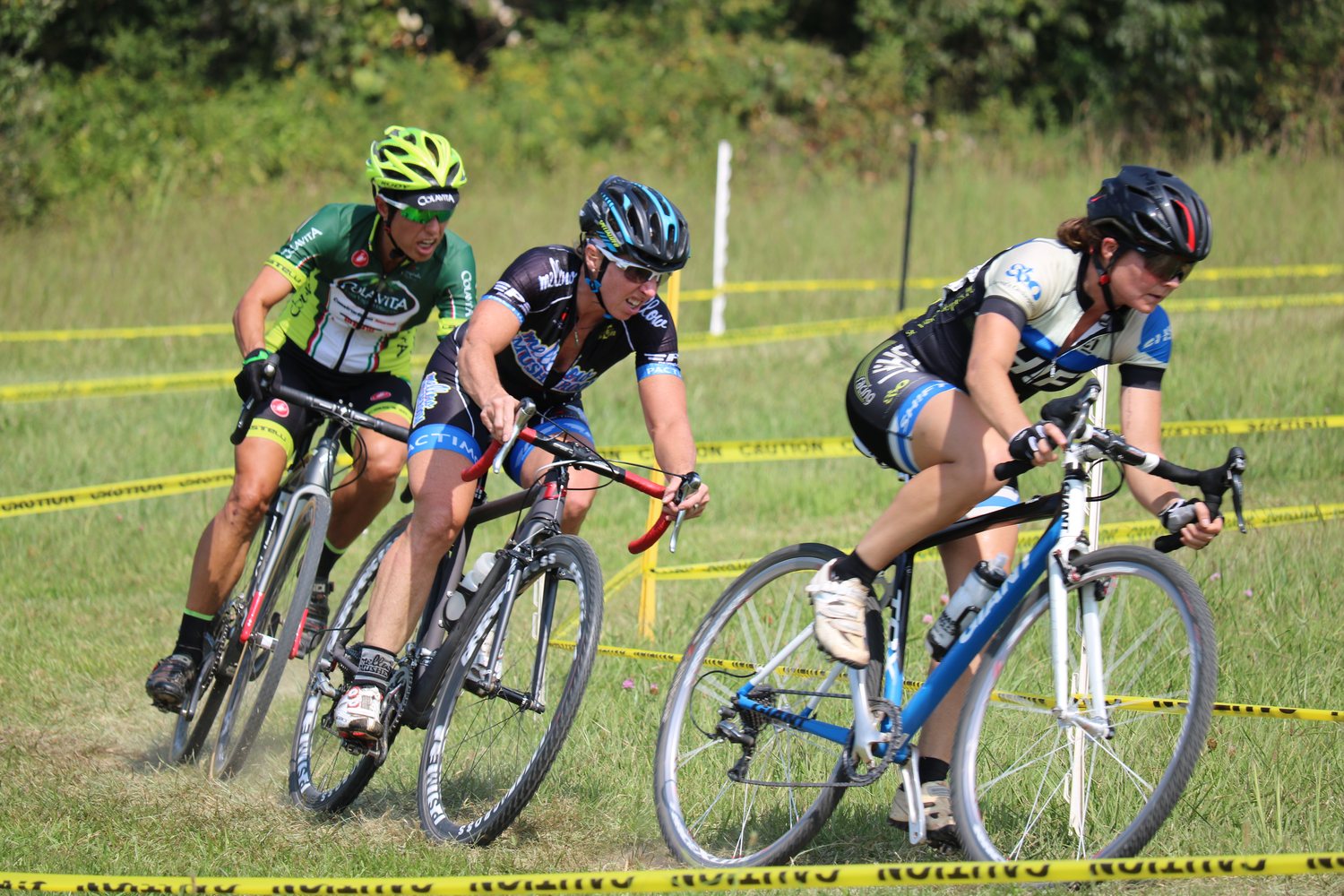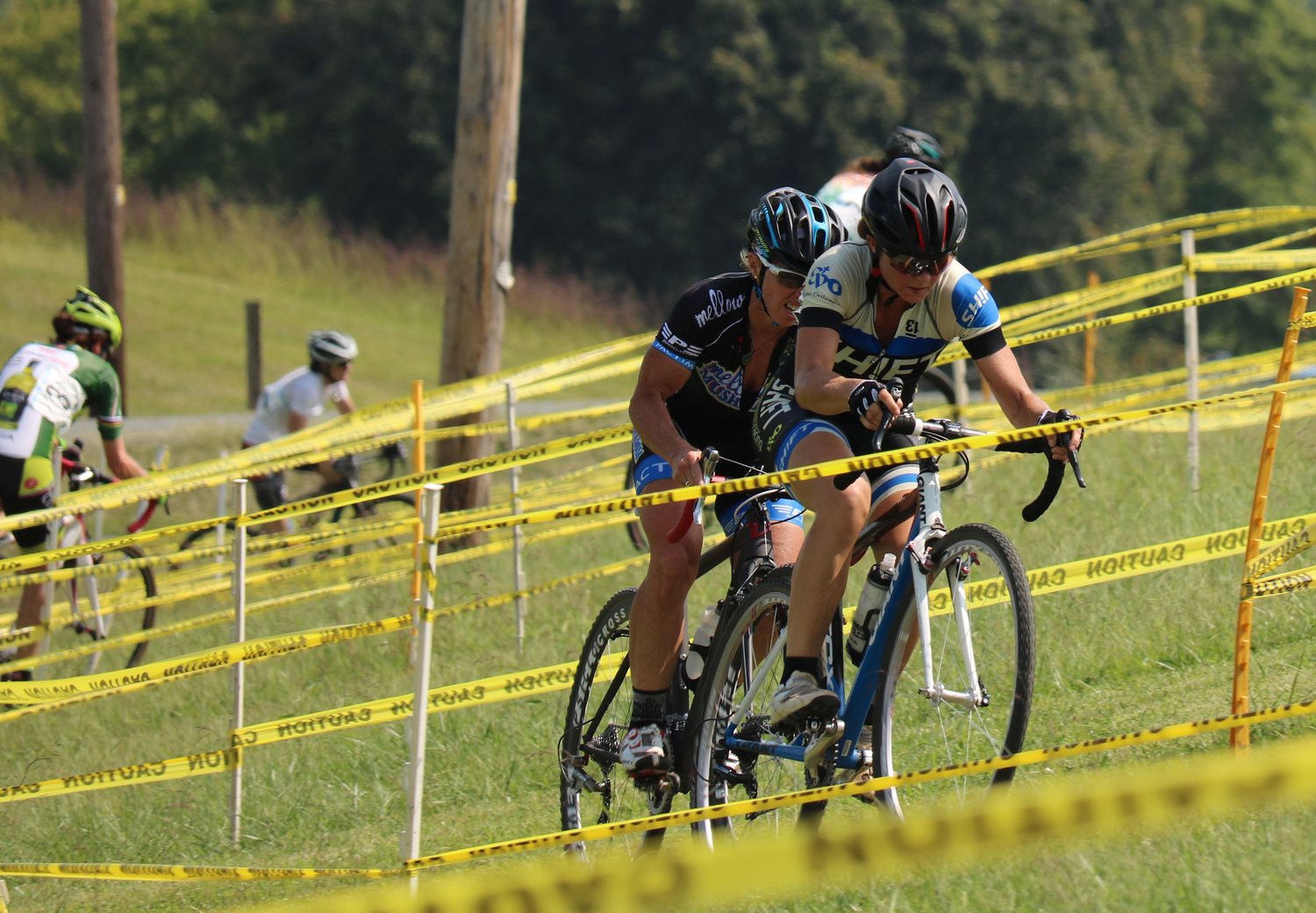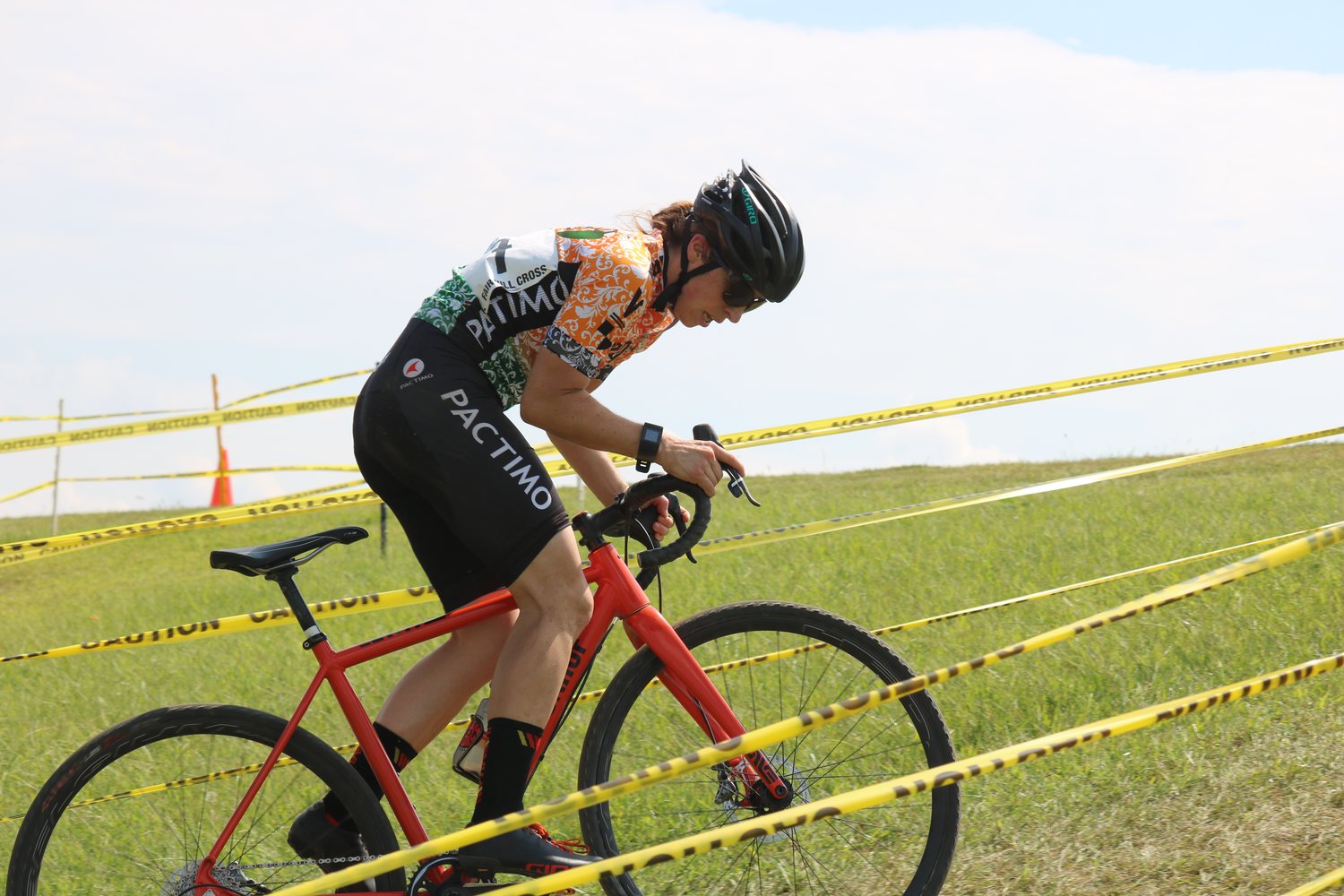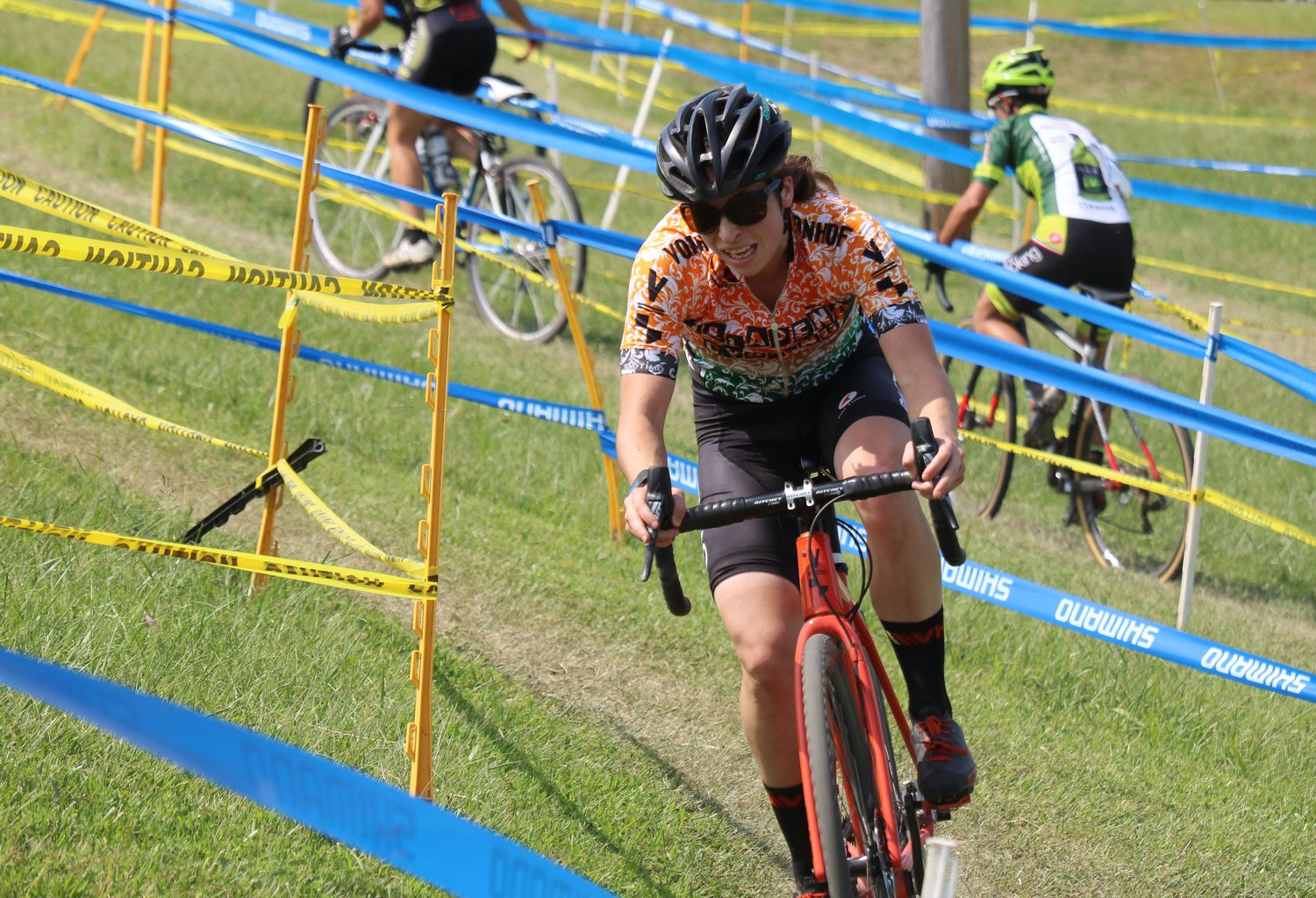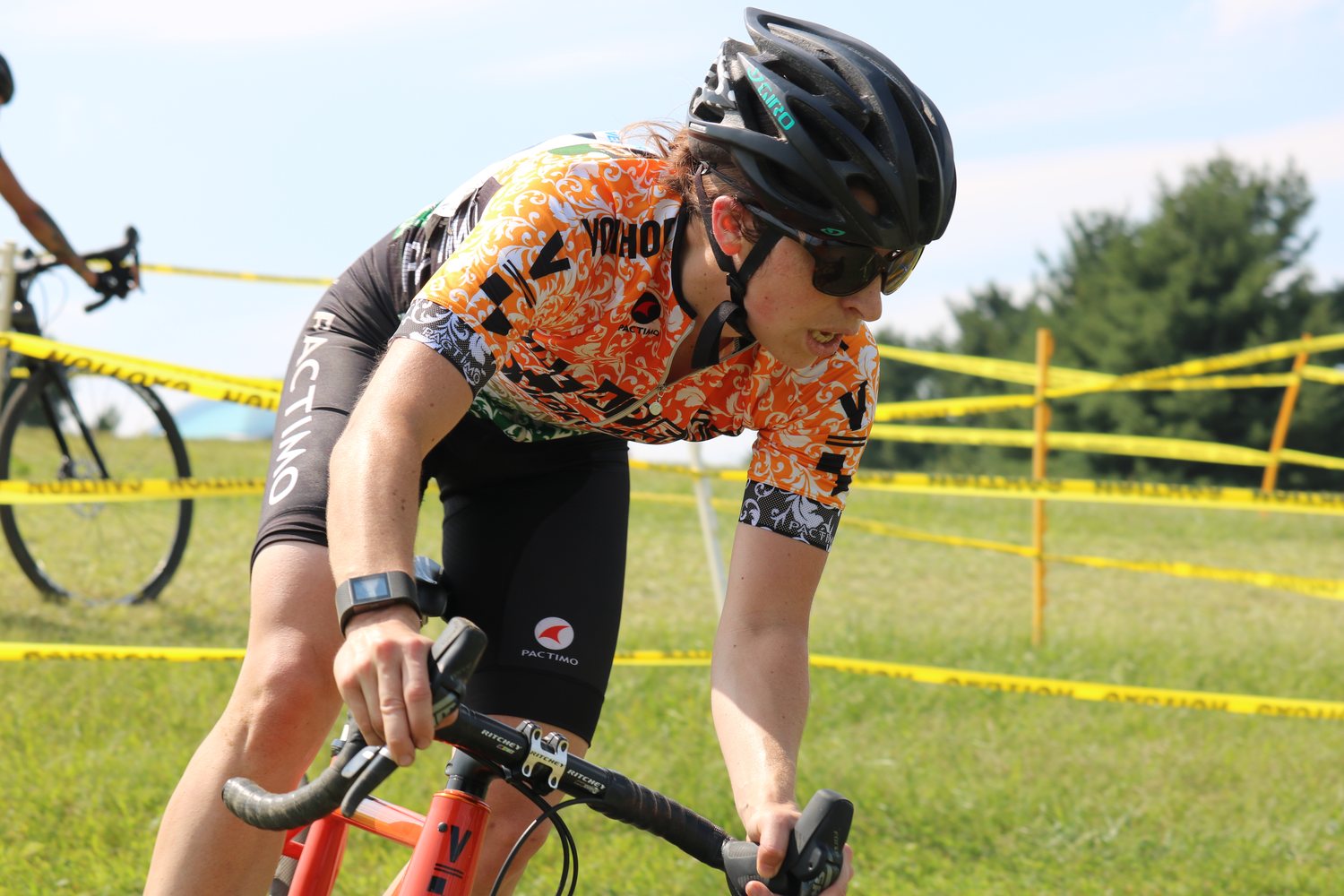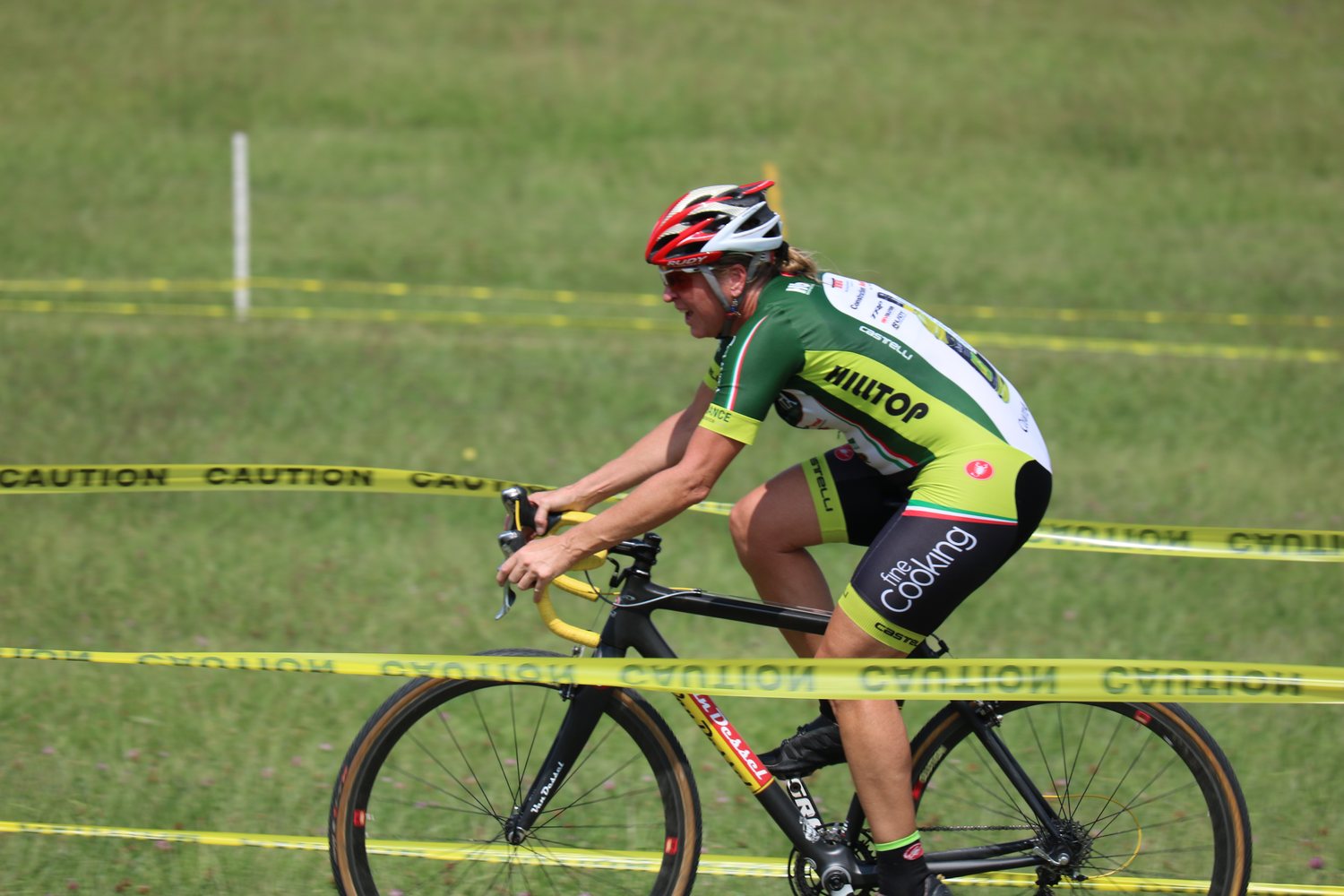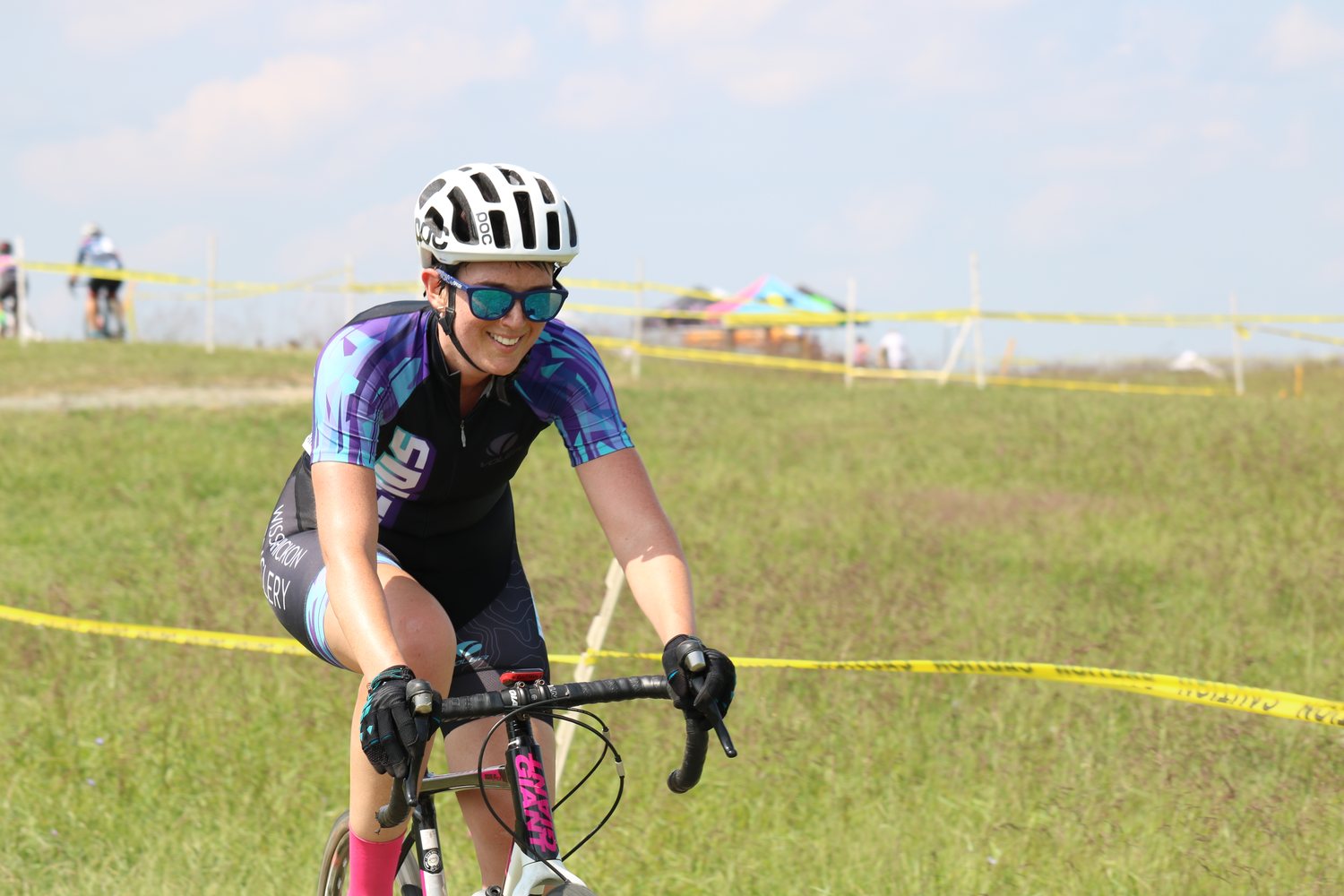Last Weekend at BubbleCross, Kathryn Cumming felt drained from a near week of hiking in Colorado, and had to pull out 45 minutes into her first ever 60 minute Women’s Elite Race. While it’s easy to get caught up in not feeling like your legs are in the right place in cycling, Kate wanted to look forward to future events. This weekend, she was recovered enough to take on Cooper River: a race that Jalapeno Cycling had never been to before. Despite being hit by a major storm and needing to have loads of volunteers clean up the course that morning, the race was a blast, with the Women’s Elite Field turning into a full on drag race for the full duration. Today, Kathryn Cumming looks back at Cooper River along with what makes the current Cyclocross Community so special.
by Kathryn Cumming
After a tough day at Bubblecross where I was pretty exhausted and getting sick, I was excited to be feeling like myself again heading into Sunday’s Cooper River Cross race. We had a pretty stacked field of Elite Women and I knew a fun battle was coming.
The course was fast with quite a few corners and not much climbing. Knowing our field was competitive and there were not a lot of opportunities to open up big gaps, there was a good chance we were in for a day of group racing.
A course like Cooper River provides a challenge for the Elites to take the corners at speed and attempt passes, but it also offers a welcoming environment for new racers. The 4/5 fields were big with a lot of first timers coming out from Philly. Overall, I’ve really been enjoying the positive energy around the Mid-Atlantic Cyclocross series races this year.
Our whole field seemed to be enjoying each other on the start line with lots of jokes and smiles. The environment was relaxed, but there was no delay getting into the action once the whistle blew.
Arley Kemmerer took the holeshot and I jumped on her wheel. At some point in the first lap I took over at the front, riding in a group with three or four other women. I tried to keep the pace high to see if anyone would drop early. No one let off.
As we rolled through the line at the end of our first lap, Arley was having shifting issues and dropped from the group. This left Stacey Barbossa, Taylor Kuyk-White and me.
Our trio stayed tight for the rest of the race. We tried to attack at various points, but there was no dropping each other. I kept looking for spots on the course to make a move and it seemed they were doing the same thing. One of us would try to go and the other two would chase her down and stay on the wheel.
It was so fun riding around the course with these strong women. Pushing myself to stay close through a fast corner or going deep to chase someone down after an attack. With so much skill and fitness in our local races, there was a lot to be learned riding as a group.
As we came through the line with one lap to go, I took to the front and led out the lap. I was trying to open up space but could not create a gap. Their attacks started coming and I prepared myself to hold on and set up for a sprint. I stayed third wheel partly because I did not want to lead out the sprint and partly because they were flying around the corners! There was no recovering before this sprint. I was tired, but I was feeling confident in my sprint.
Stacey hit the pavement first followed by Taylor. I was third wheel and my heart rate was already in the mid-190s. I knew that the final sprint was going to hurt.
I was in the drops and started hammering. Taylor cornered wide allowing room inside of her on the right. I passed her there but was concerned Stacey could shut the door on me by drifting towards the course barriers, so I moved around to her left where I had more room. The finish line was coming up quickly, so I put in the strongest pedal strokes I could and then managed a partial bike throw. I nipped Stacey at the line to take the win.
Our group of three rolled through the paved finish chute and collapsed. We were spent. Everyone had given it their all and it was exhilarating. After our heart rates dropped, Stacey encouraged us to stand up for a group hug.
On Sunday I came out on top, but I would have loved the race no matter the outcome. I am still excited thinking about it. Races like Cooper River are the reason I race my bike. It was so much fun!
I am thankful to line up with an awesome and inspiring group of women. Everyone went for it, and then everyone showed an appreciation for one another. We all love the competition and we all hope for these hard days. Without each other, these races would not be possible. It is motivating to battle for every corner yet provide support and encouragement.
I am not sure if post-race hugs are a long standing tradition, but it seems to me they have become more common among our fields in the last few years. This is a tradition I can get behind! Rather than hurrying off to family, friends, or cars, competitors stick around at the finish to congratulate and thank each other. The friendships and relationships make our races better and our community stronger.

